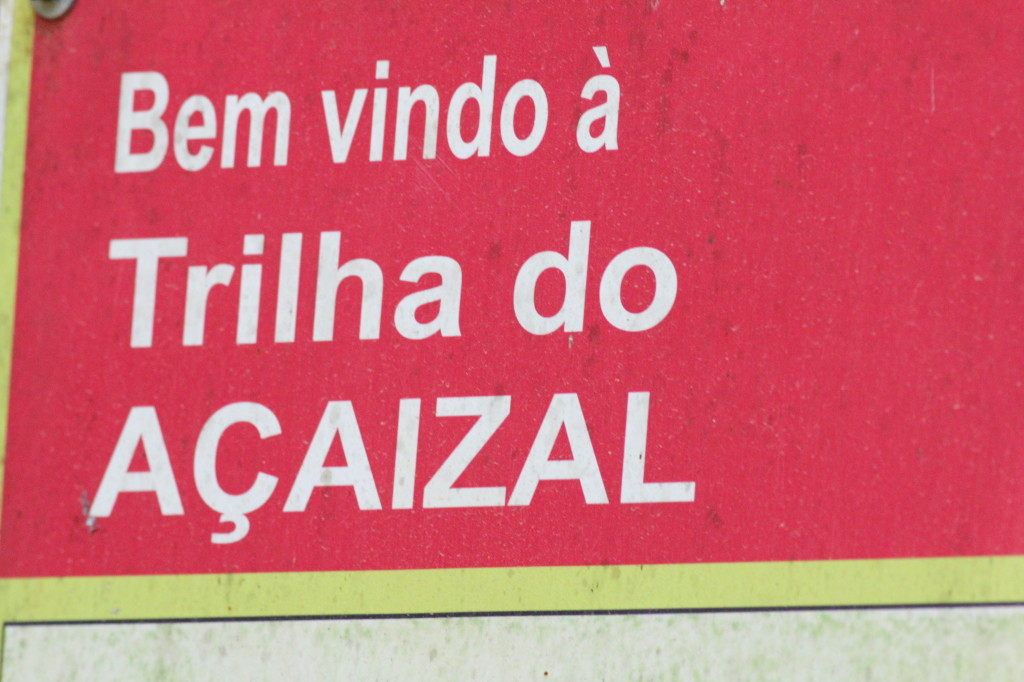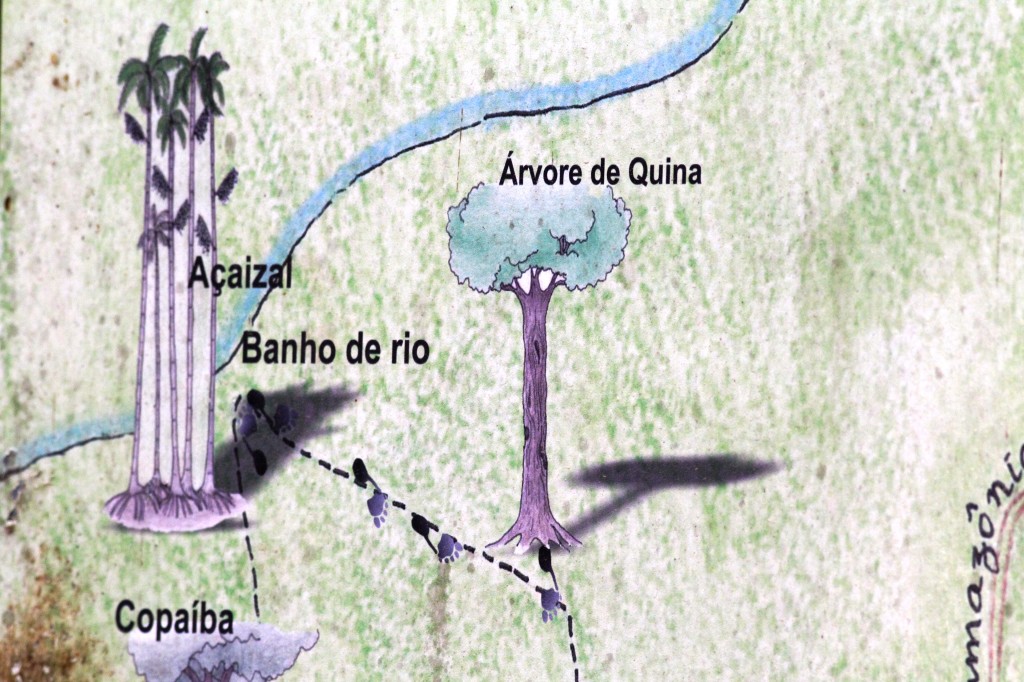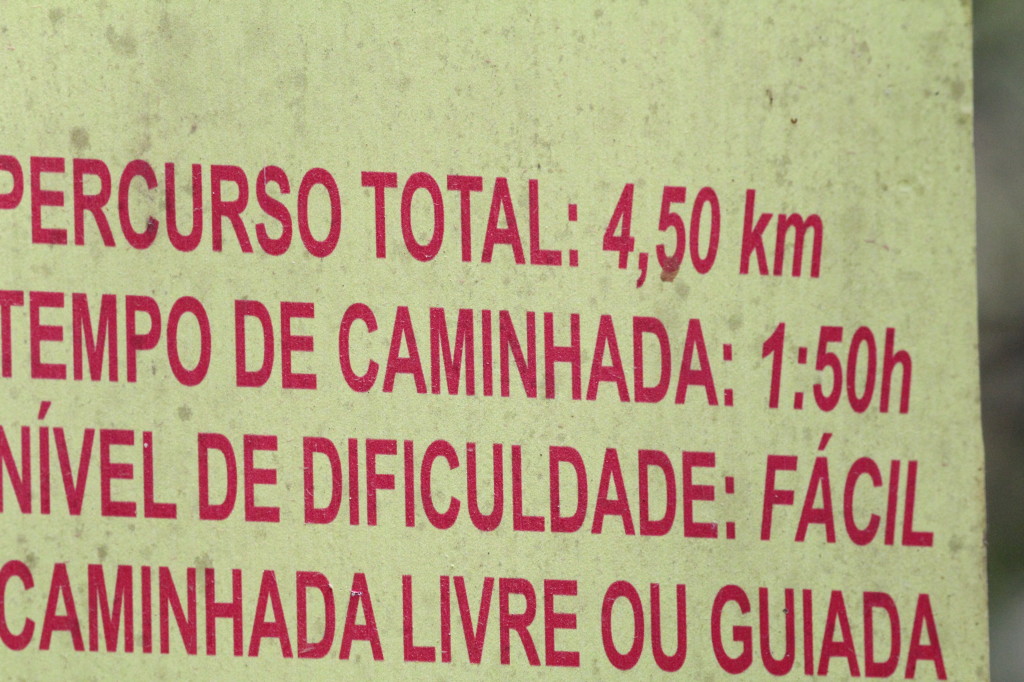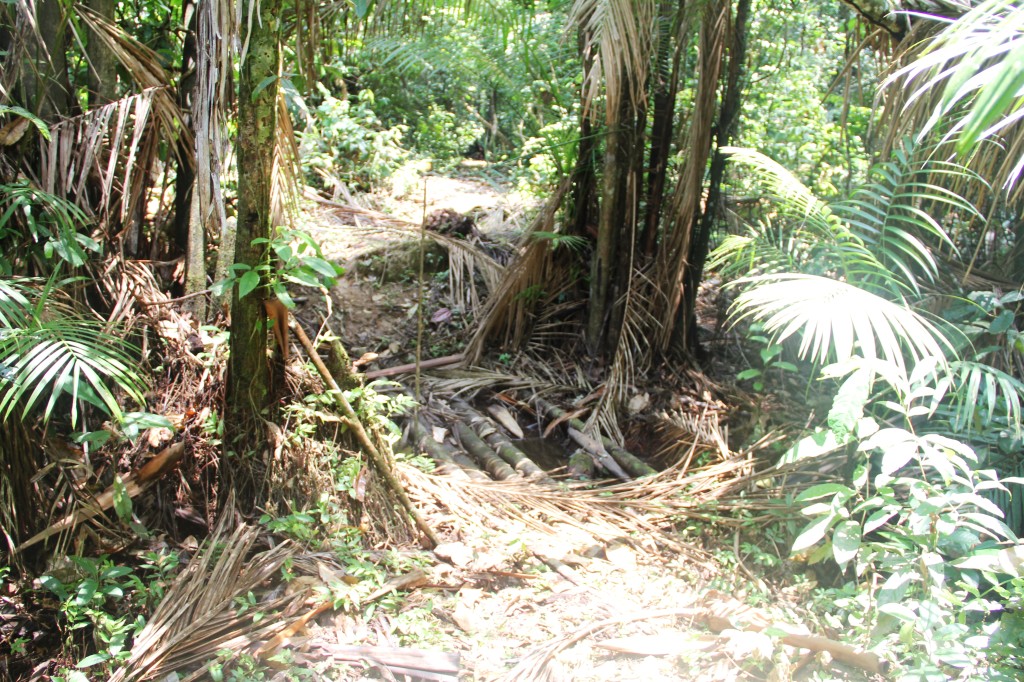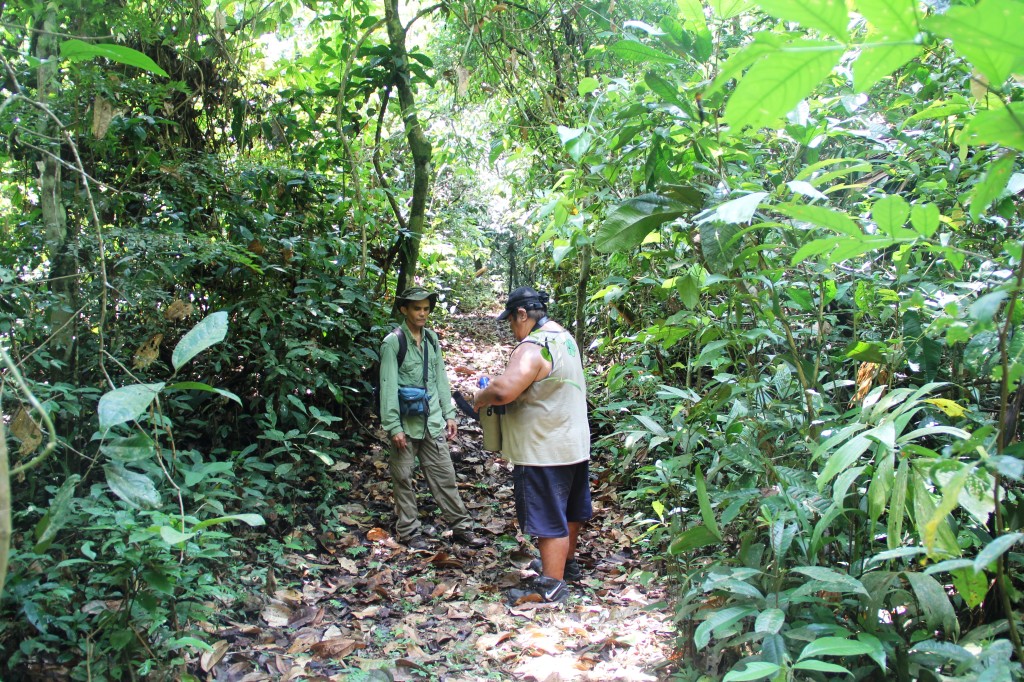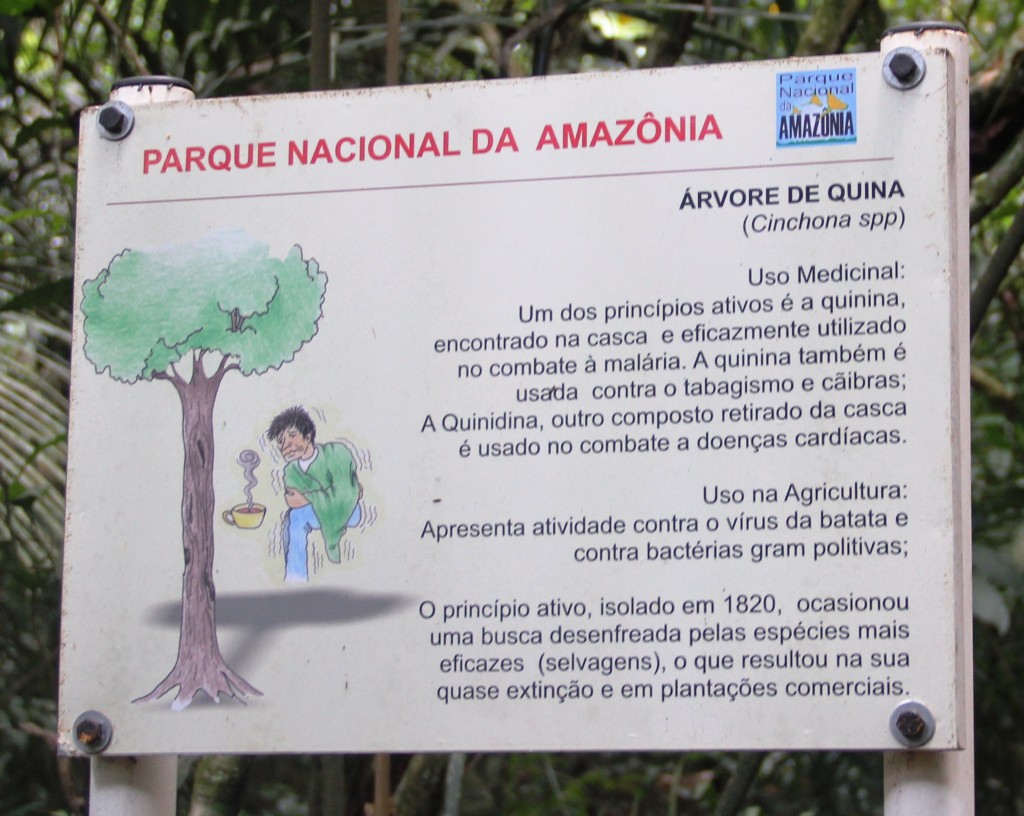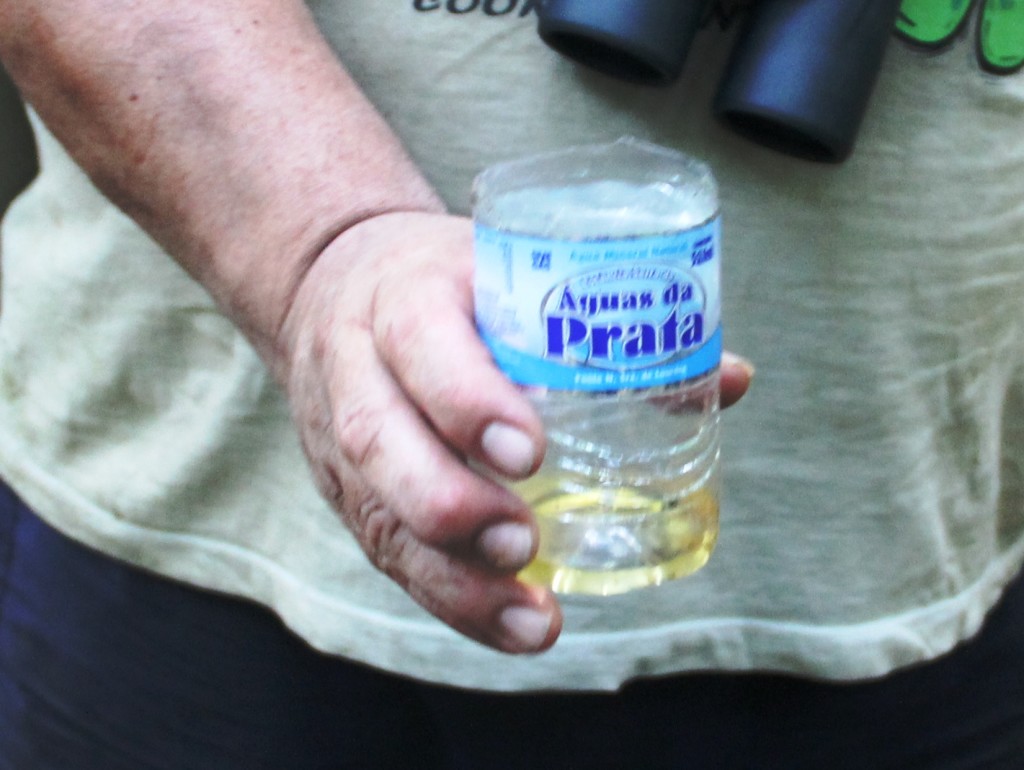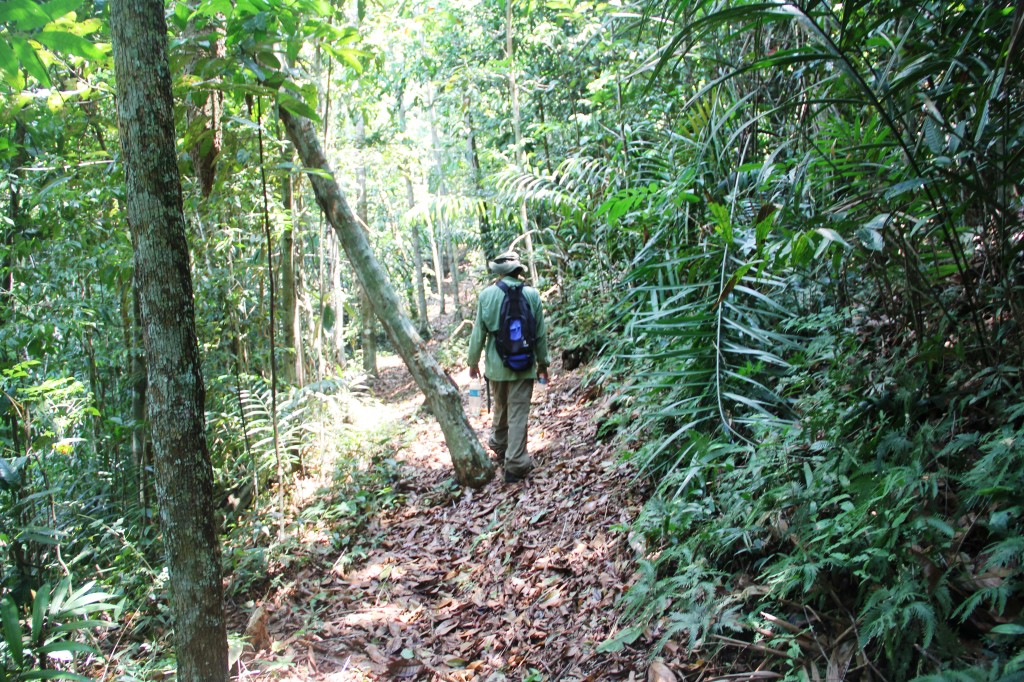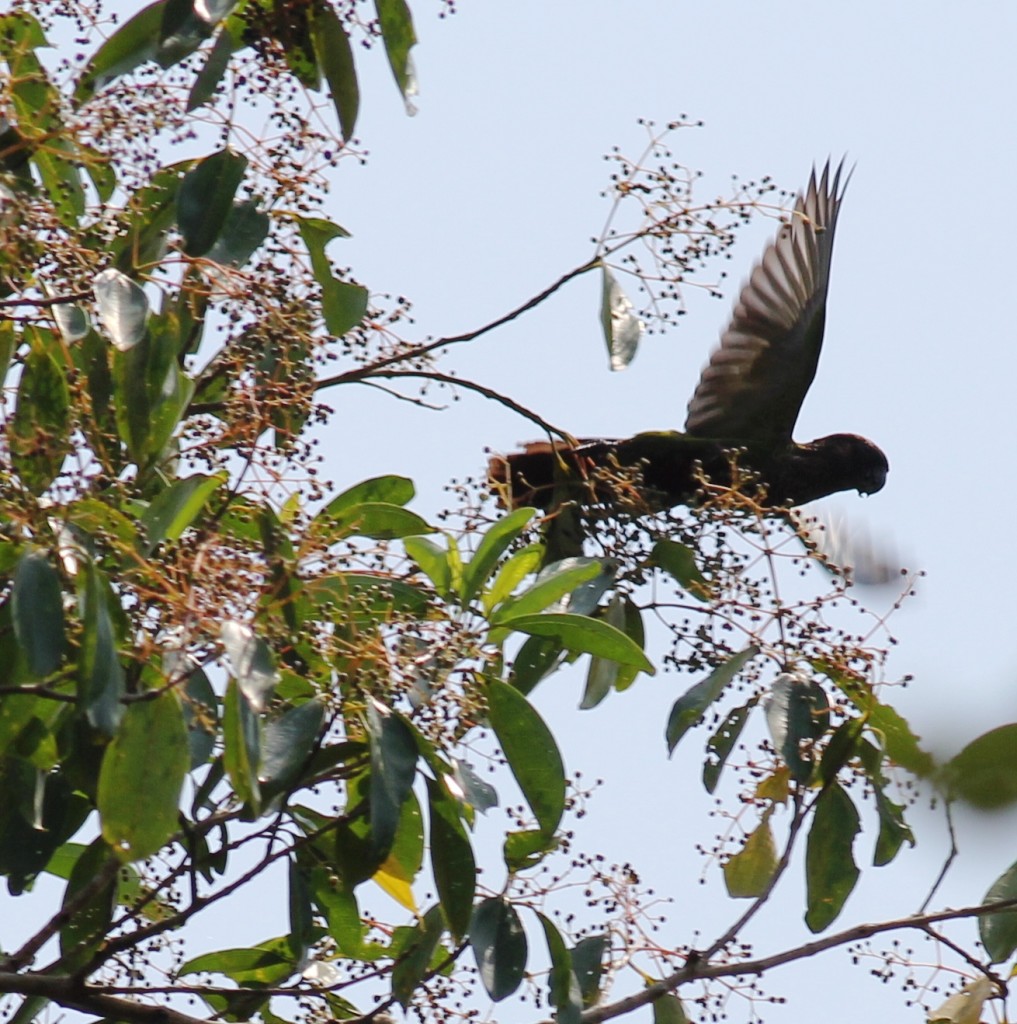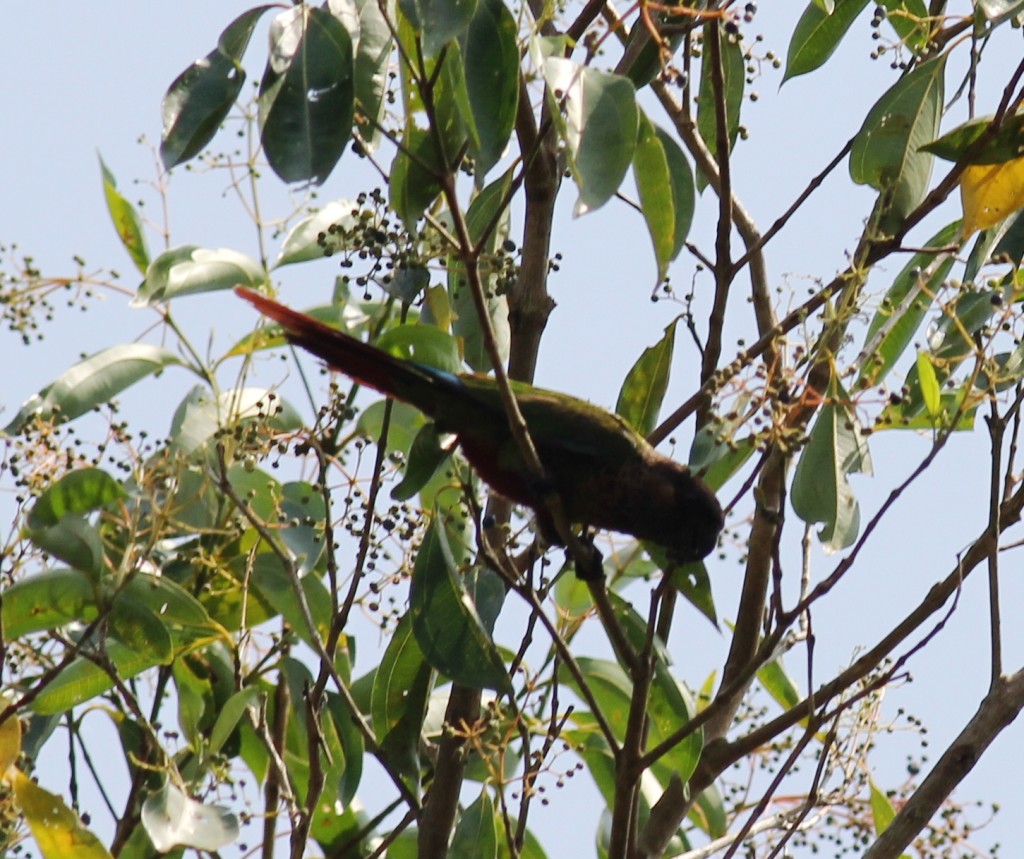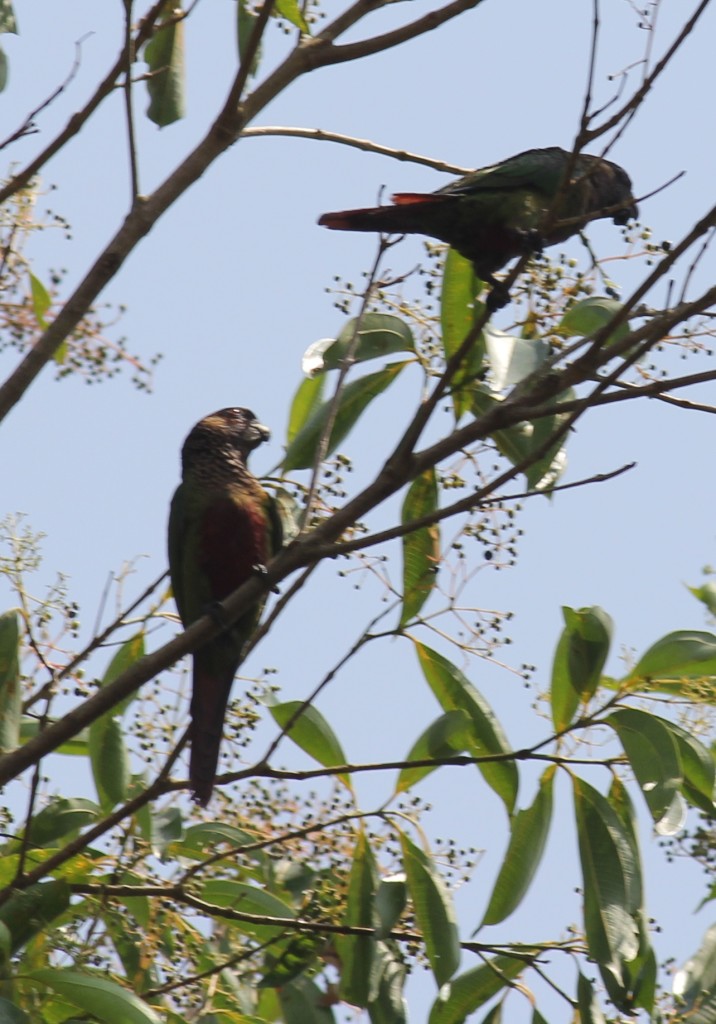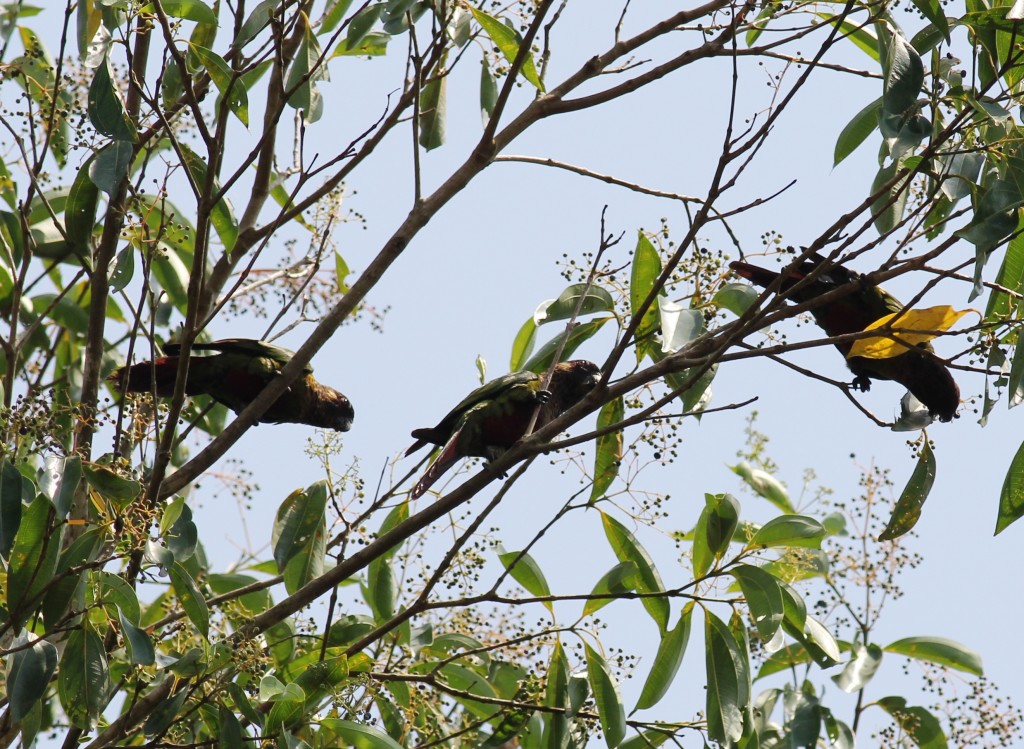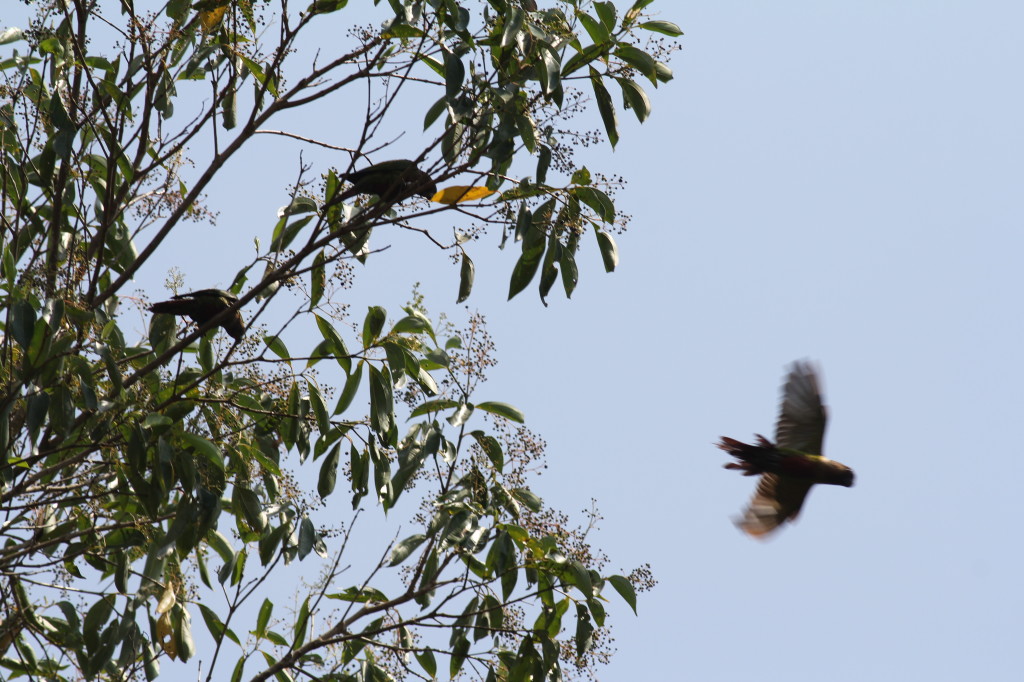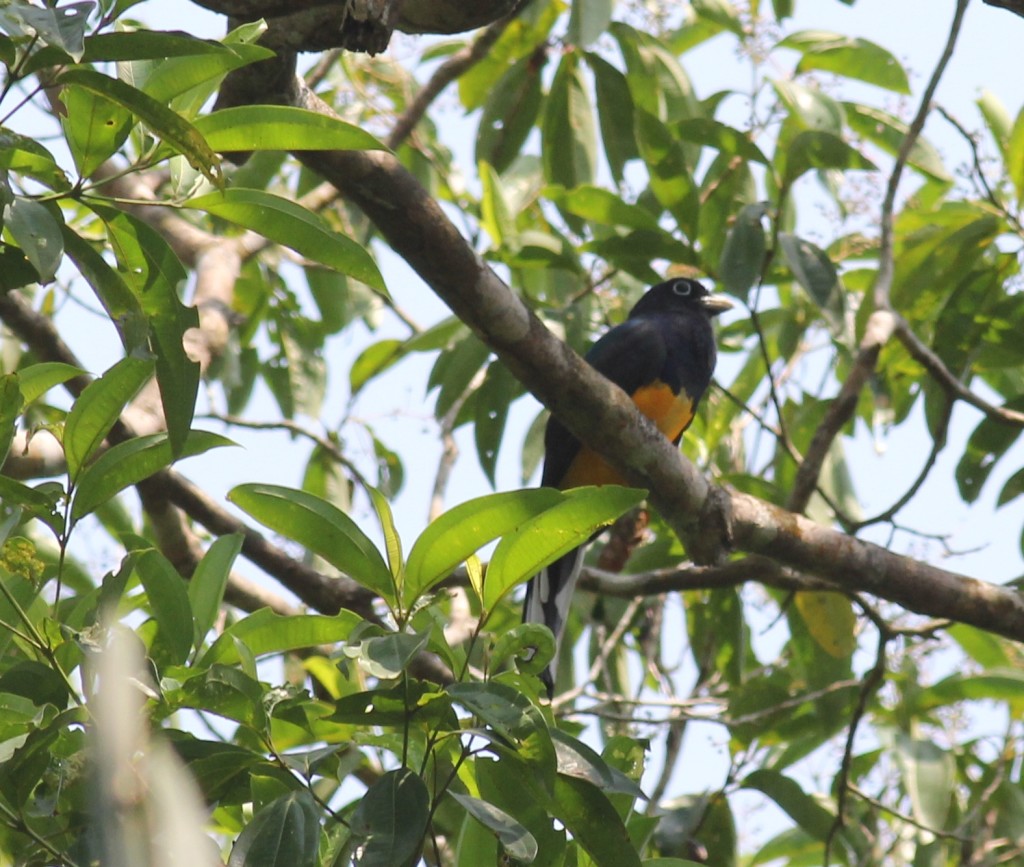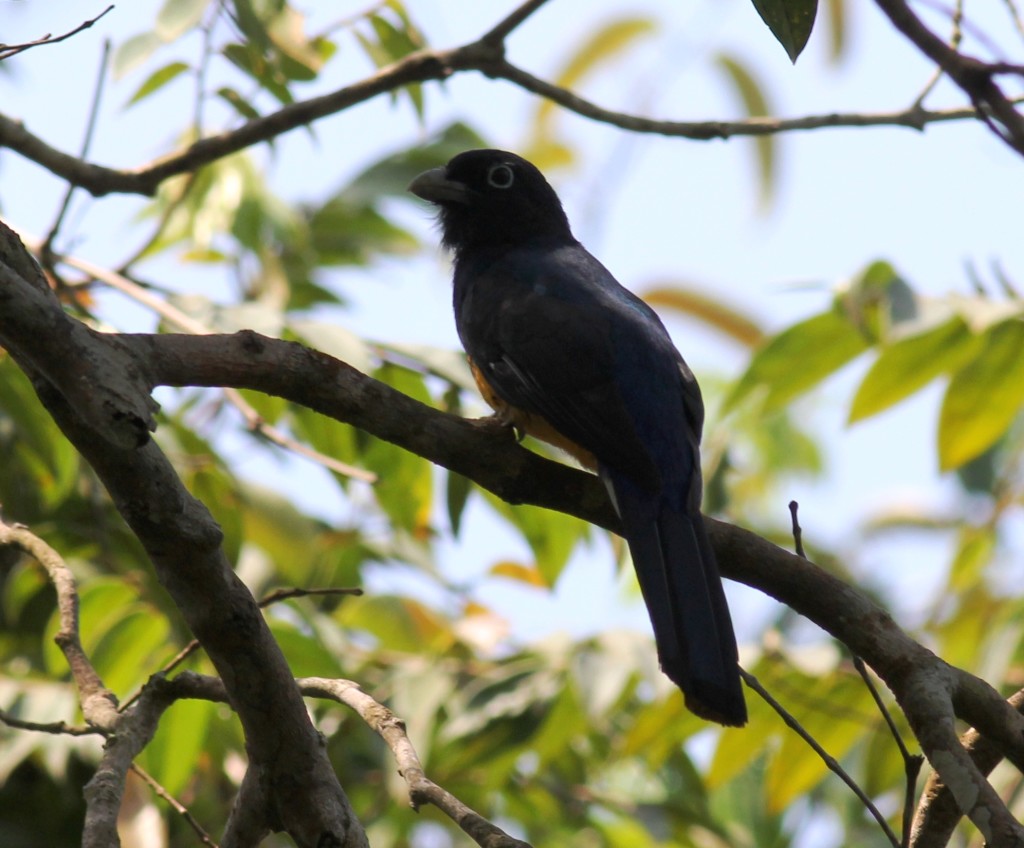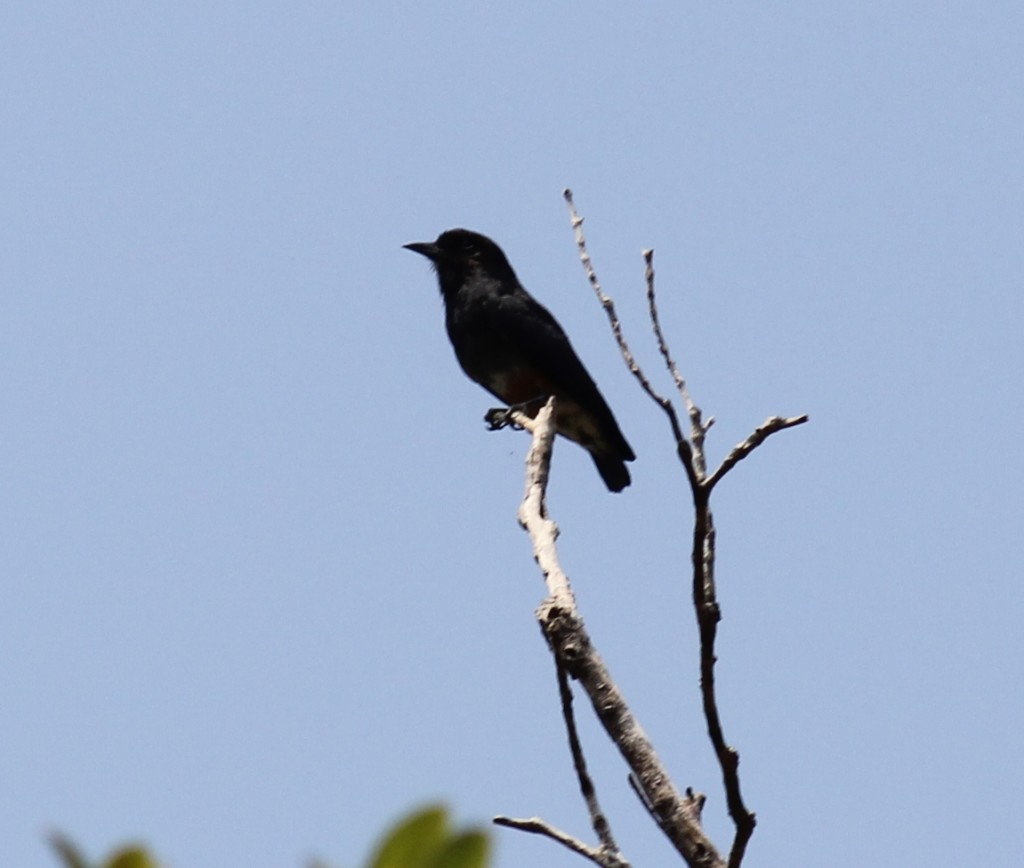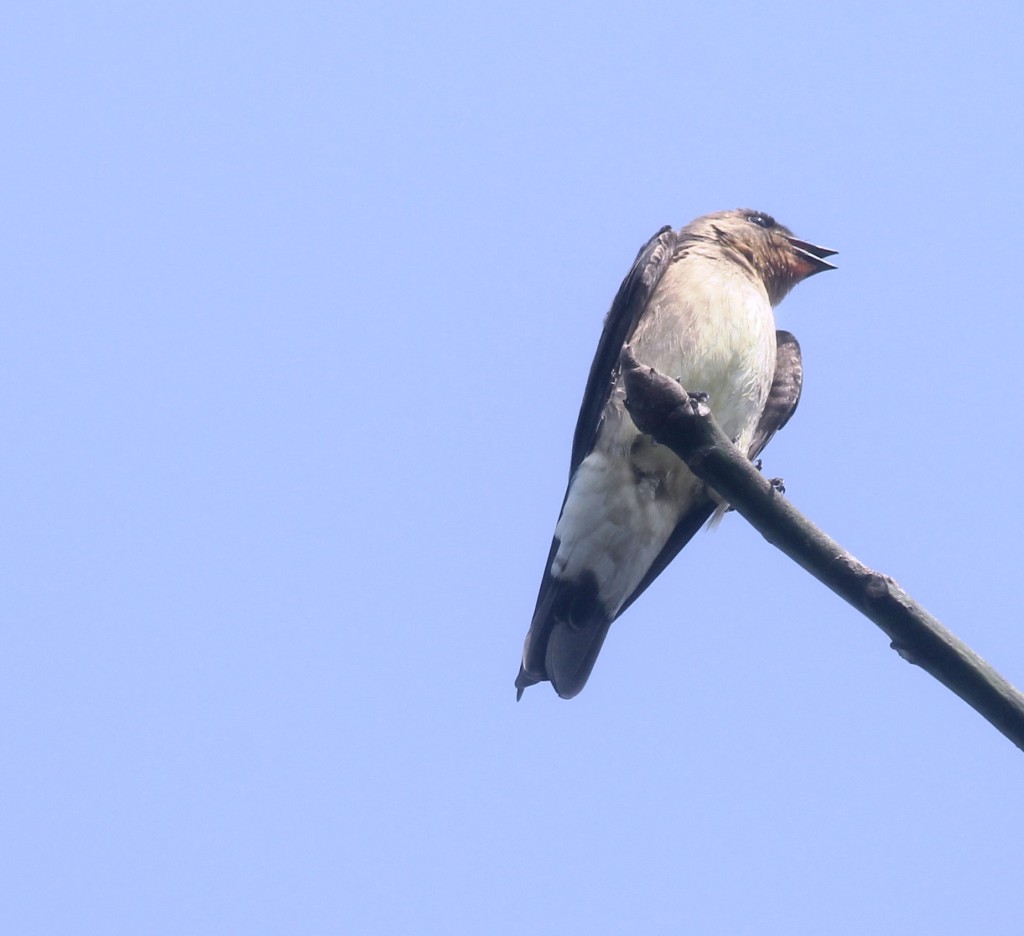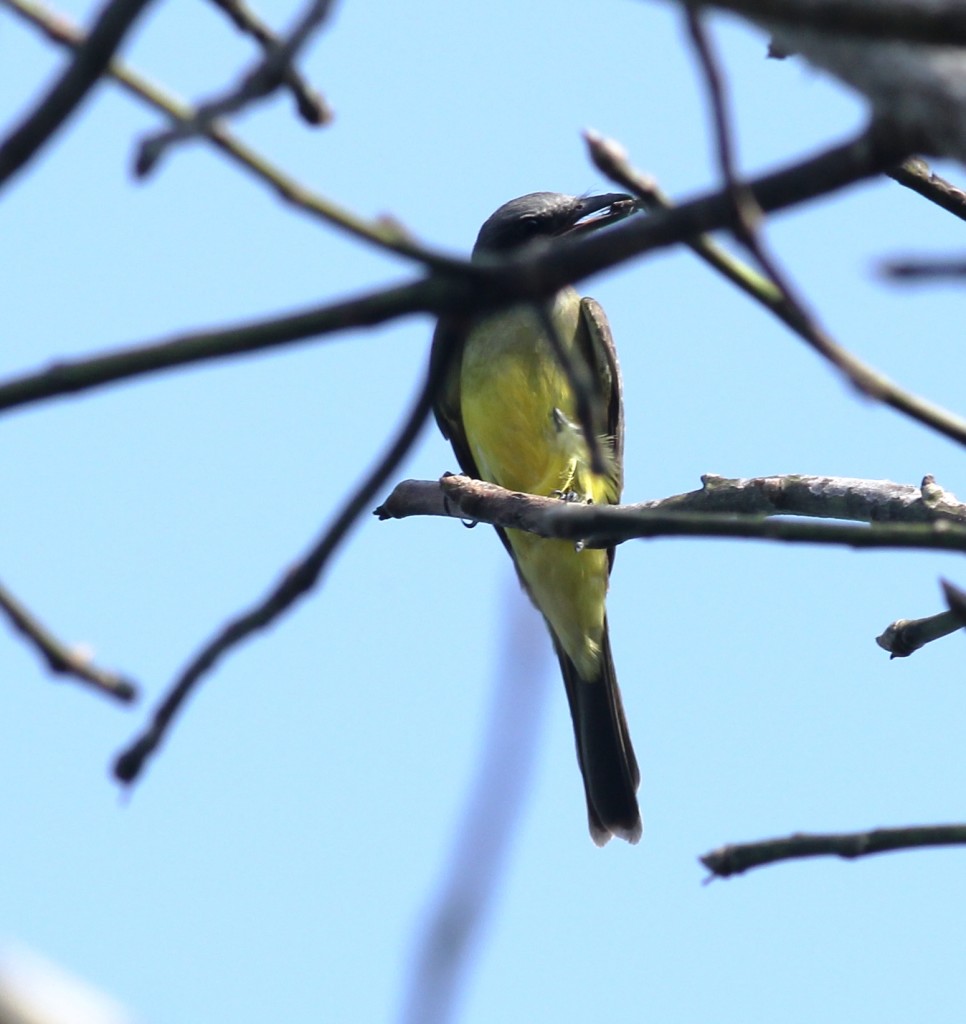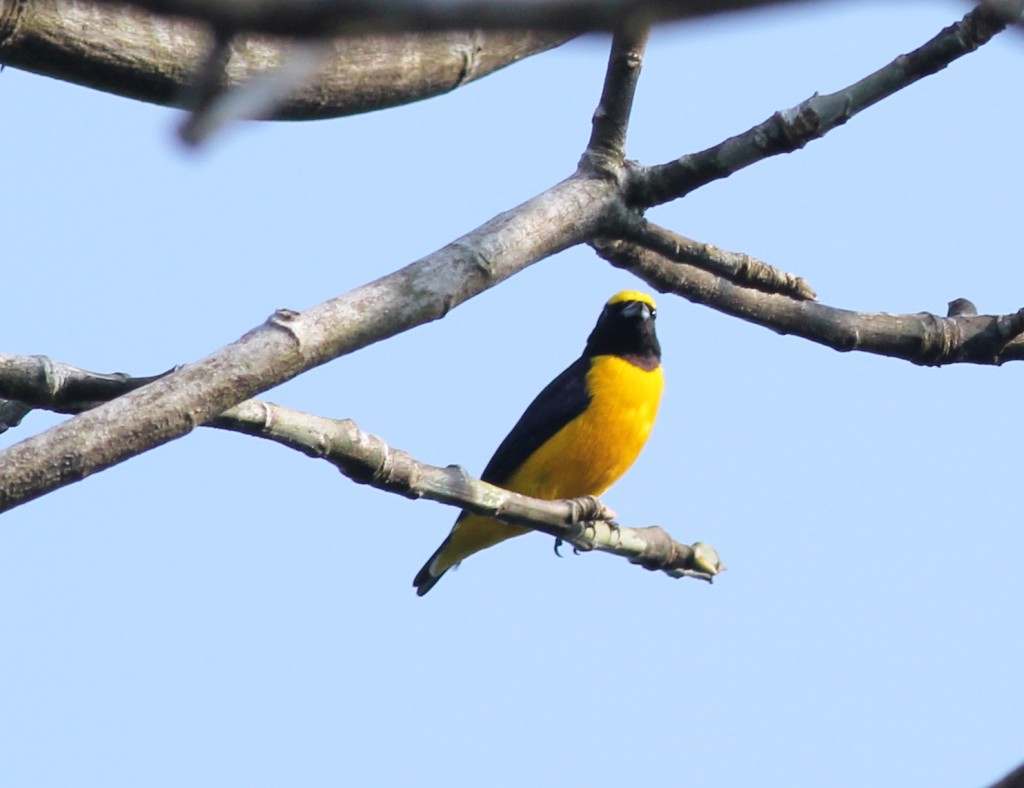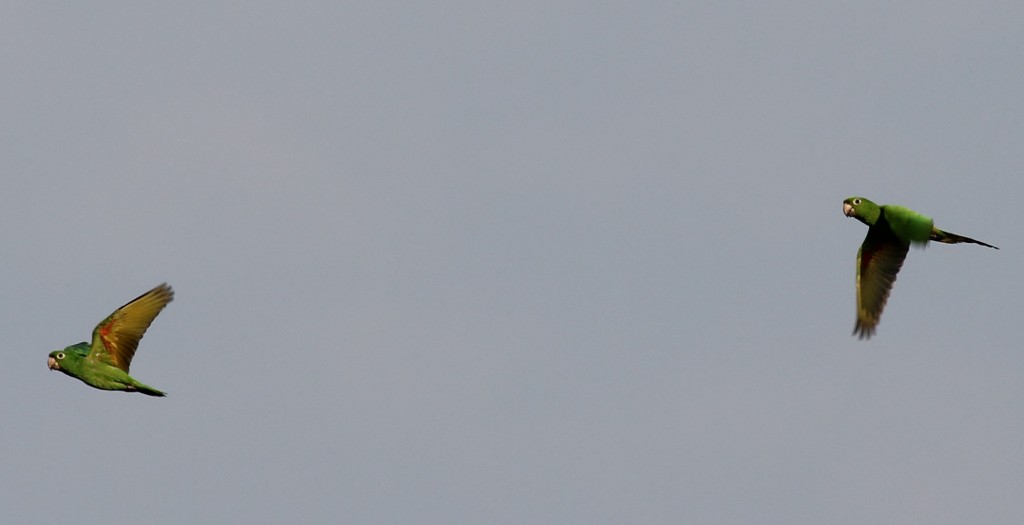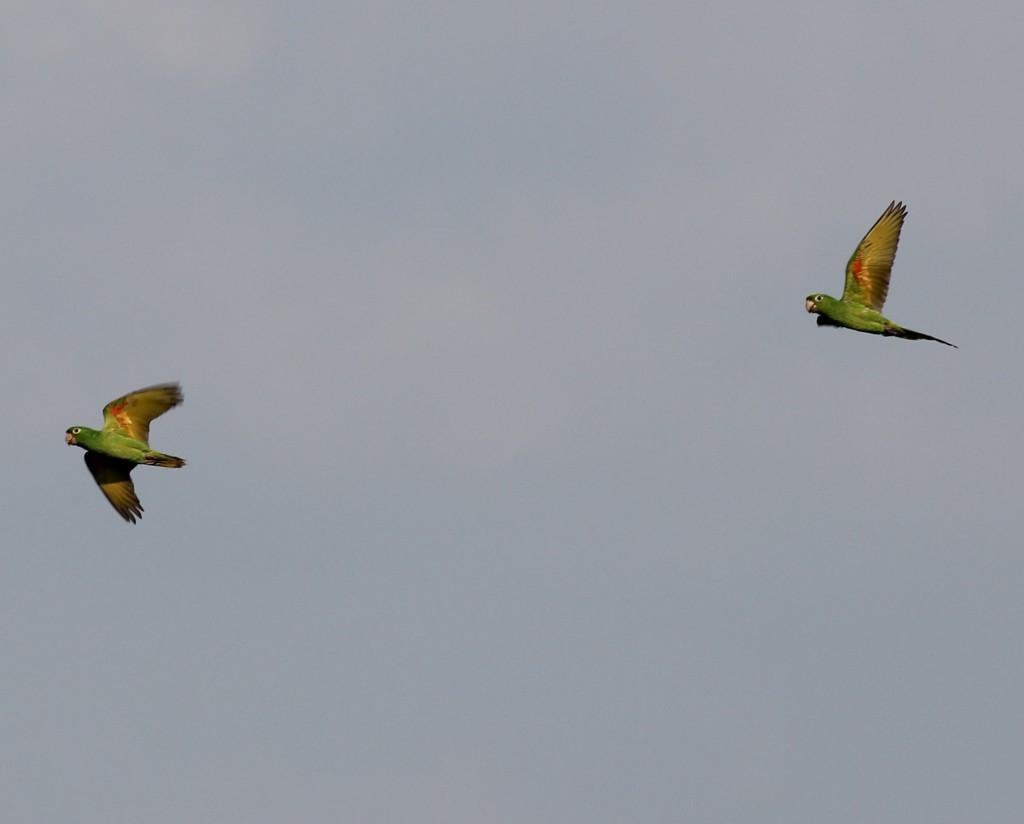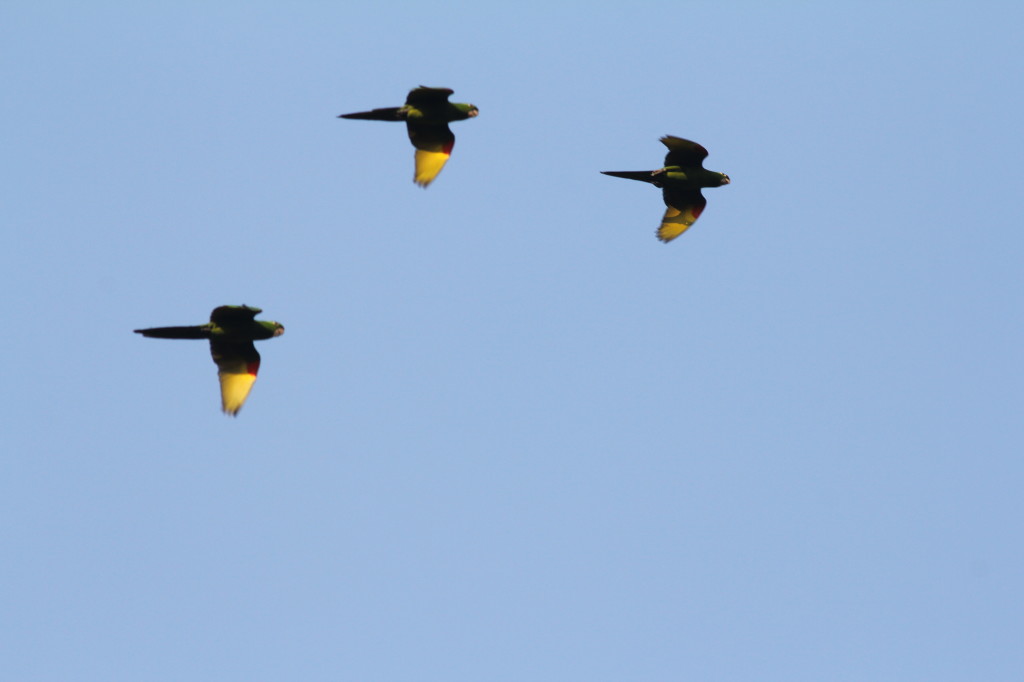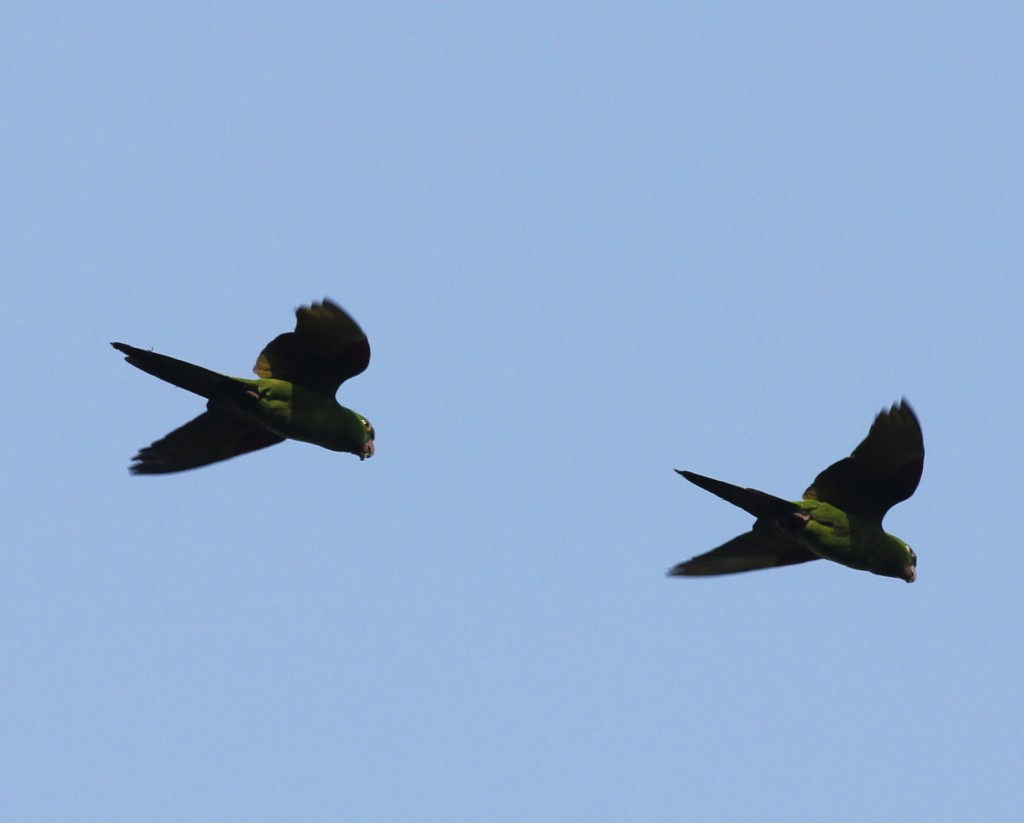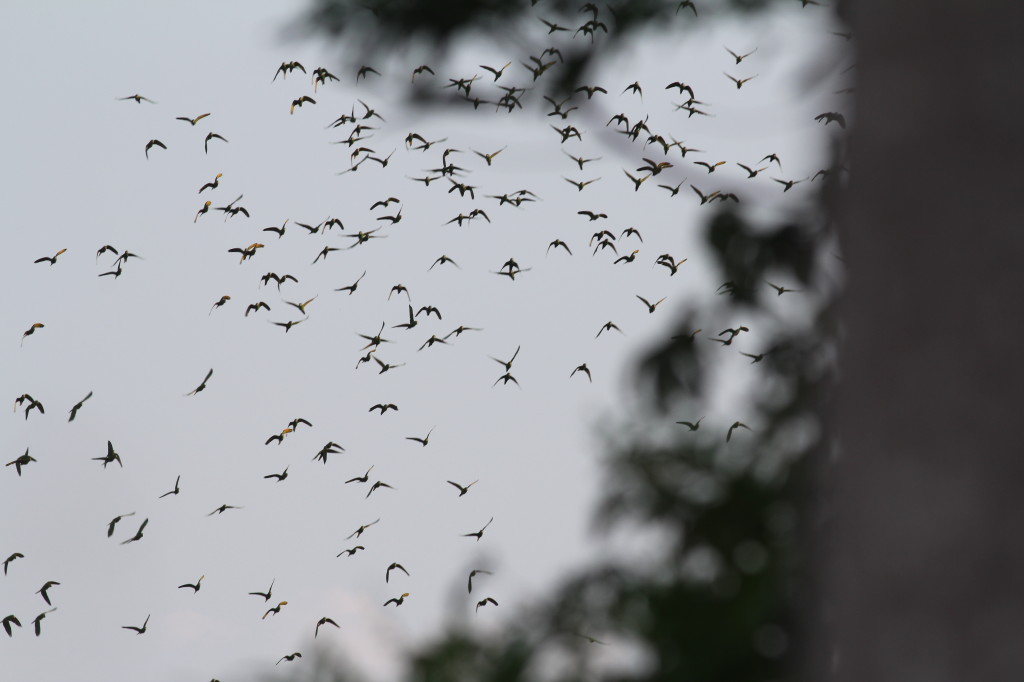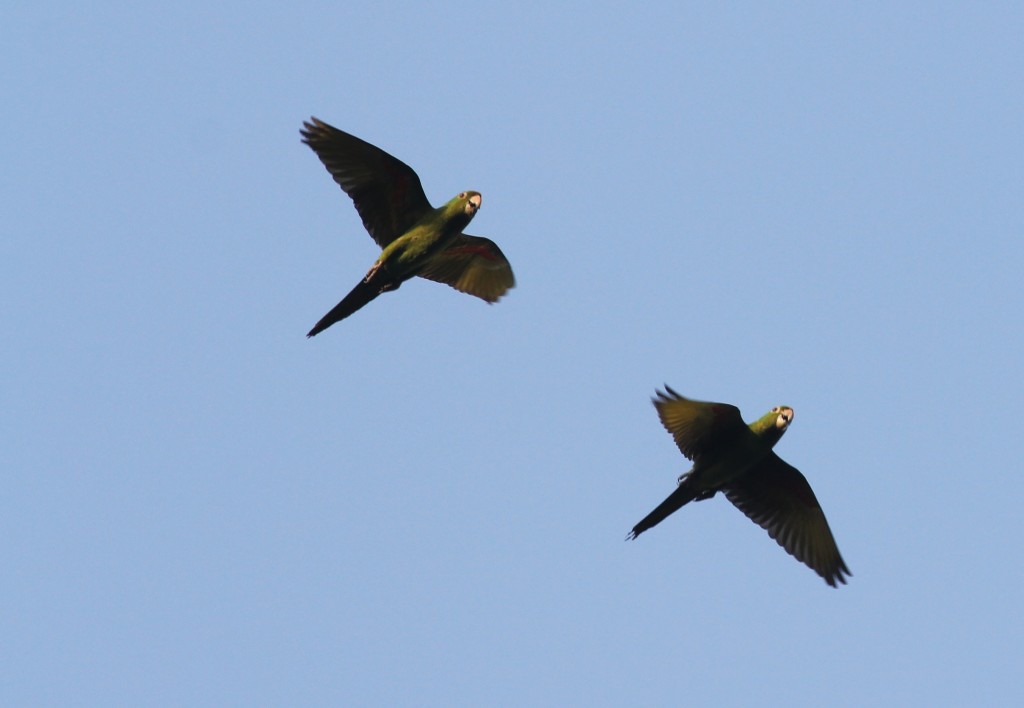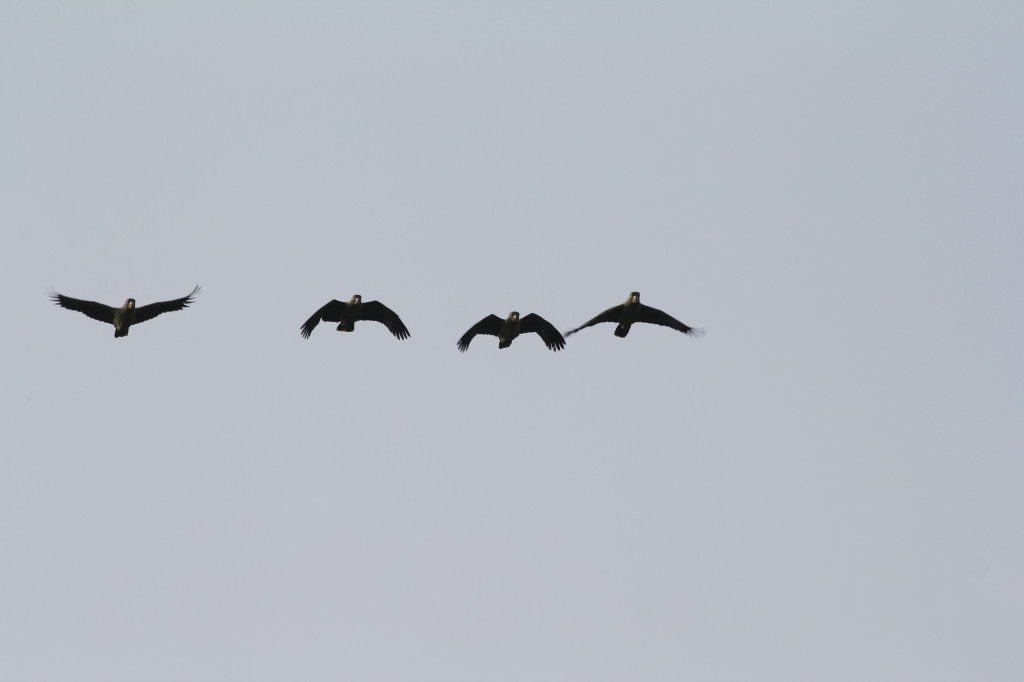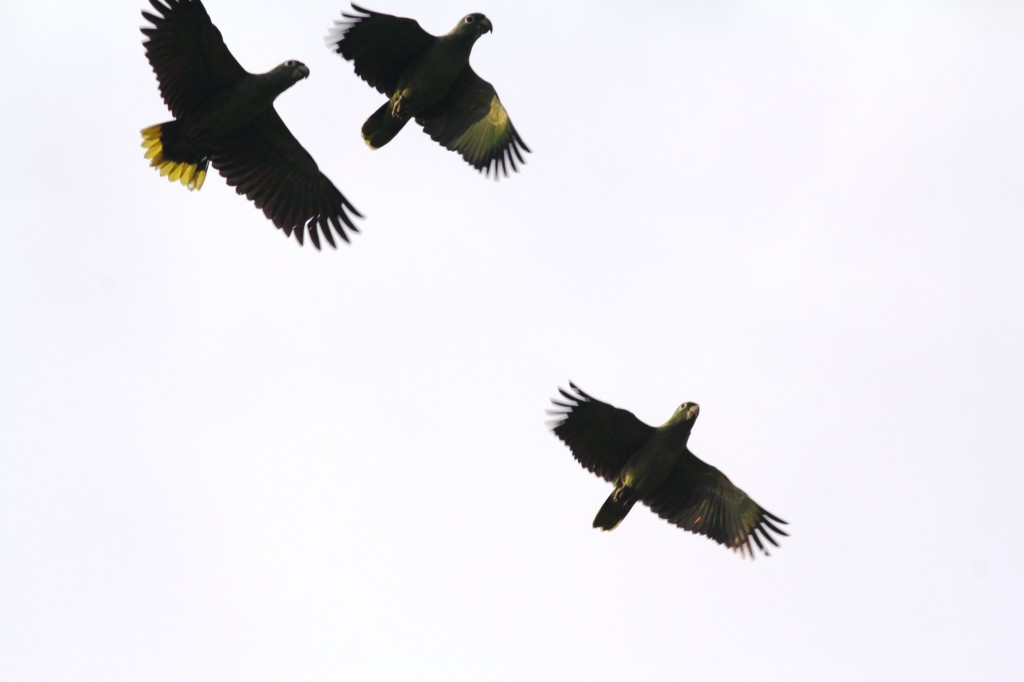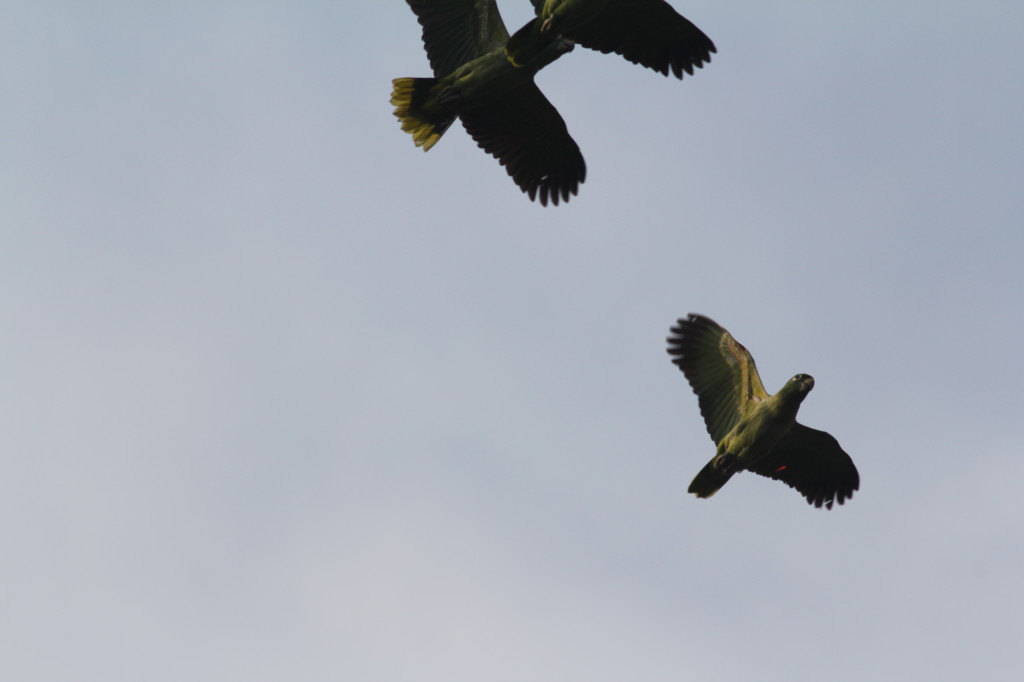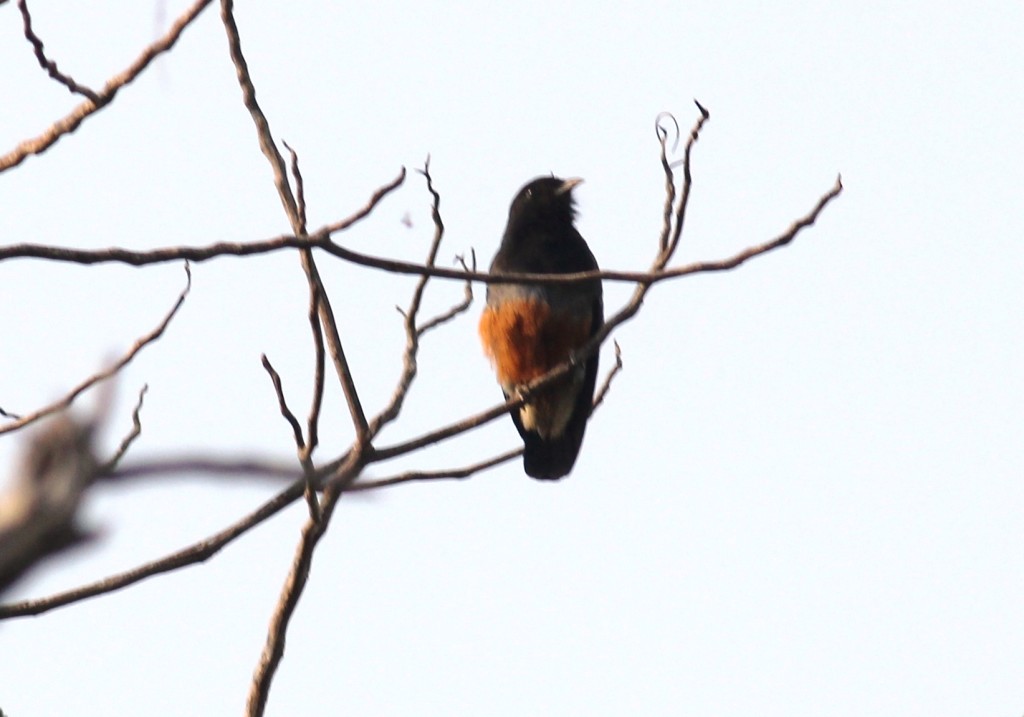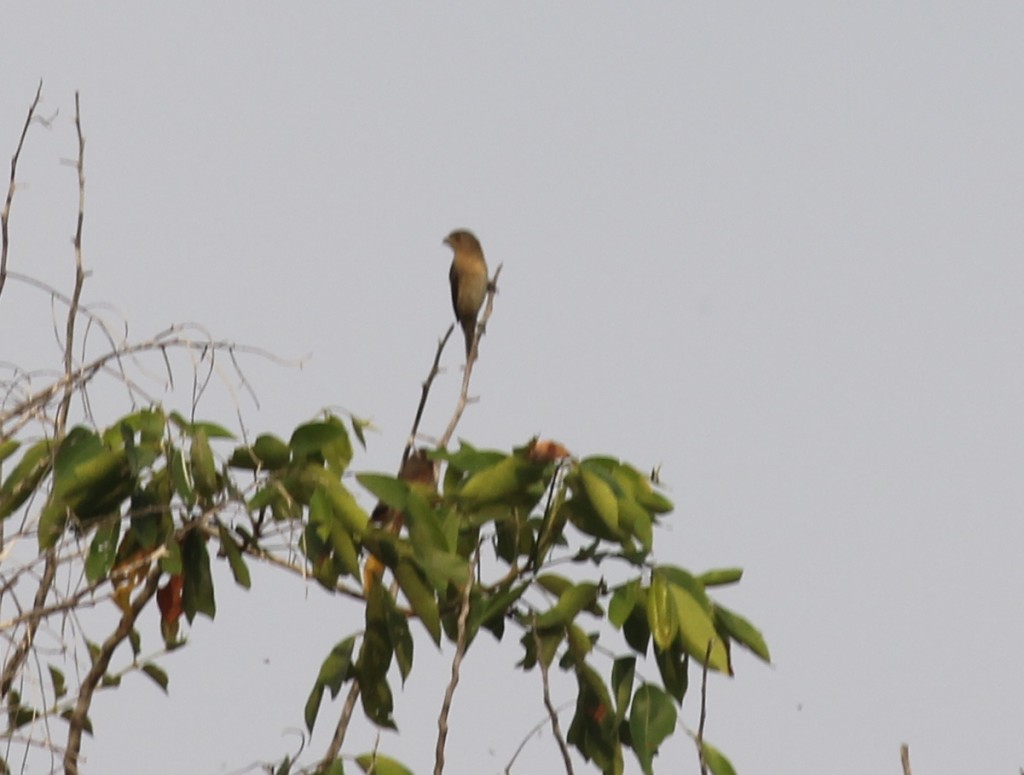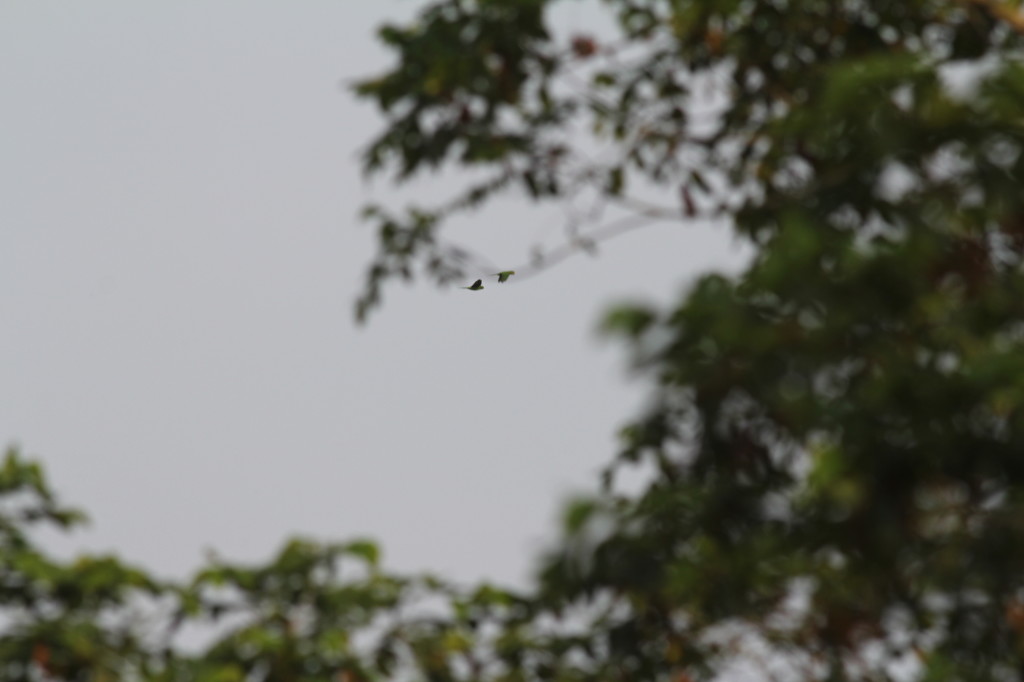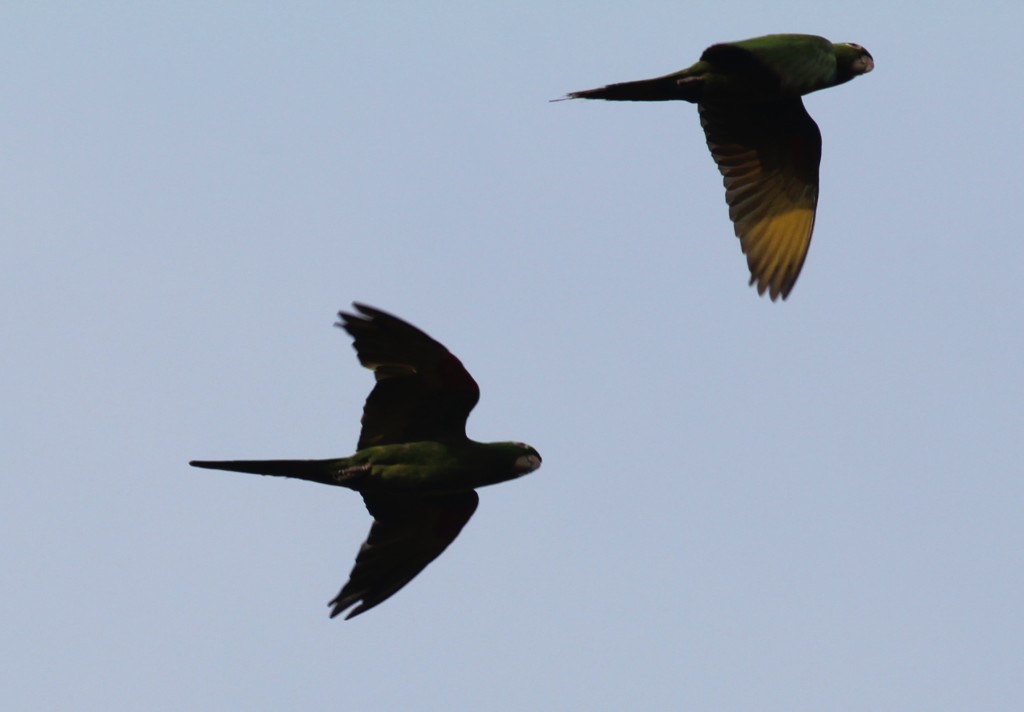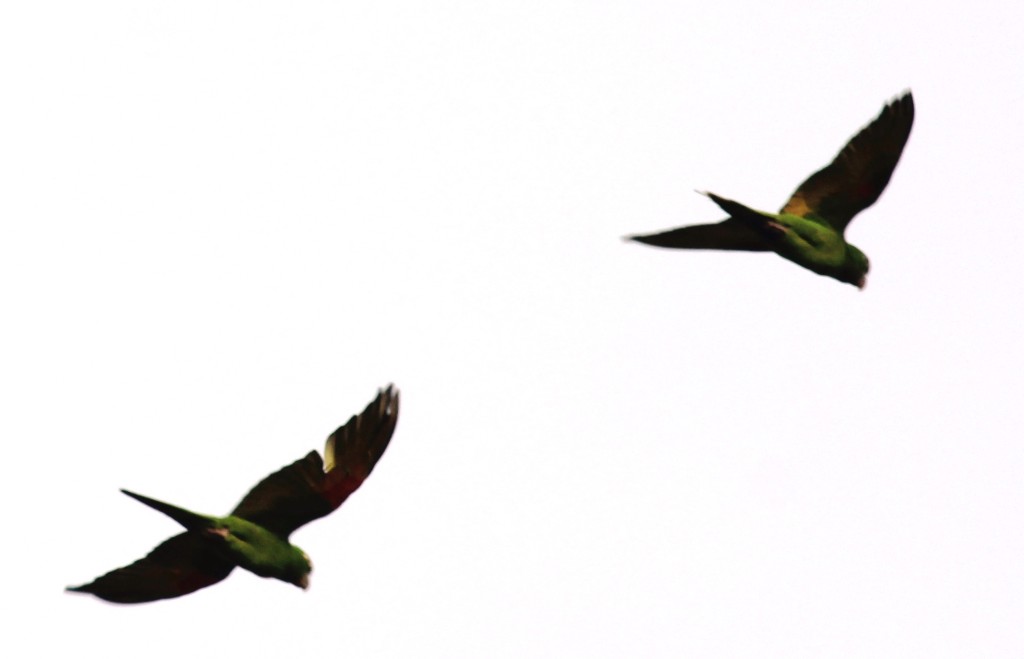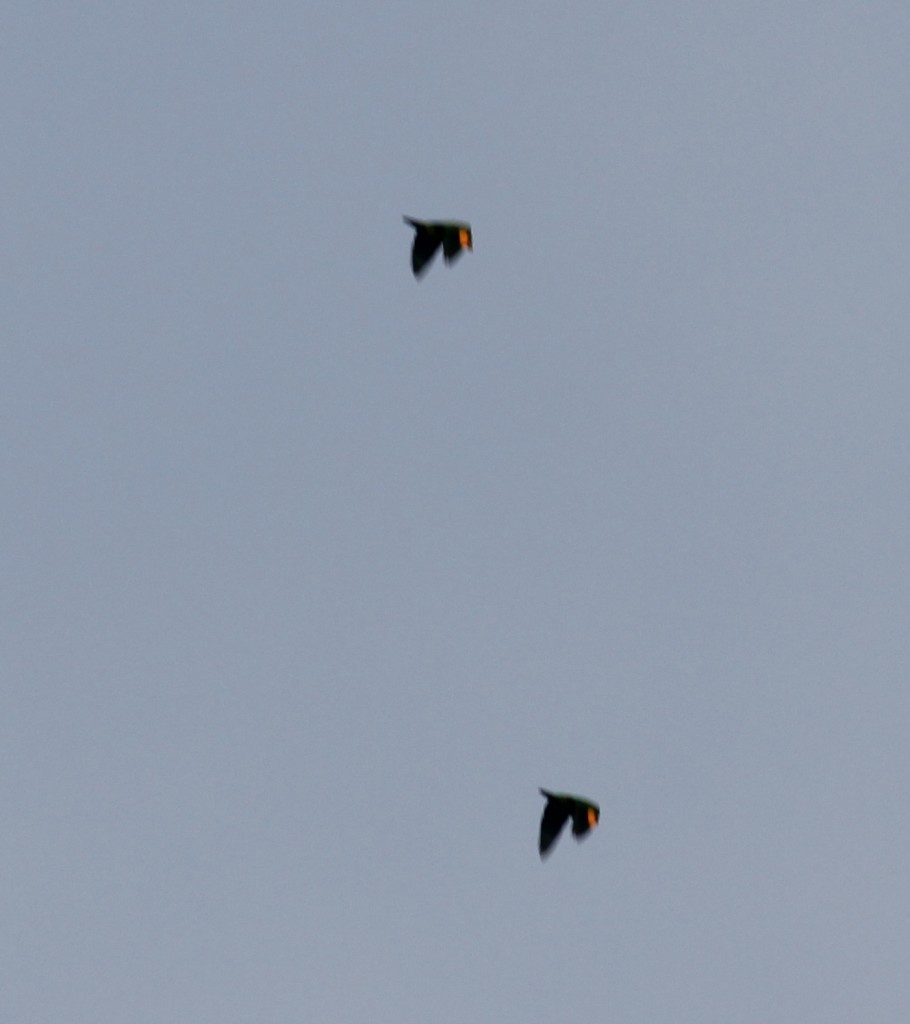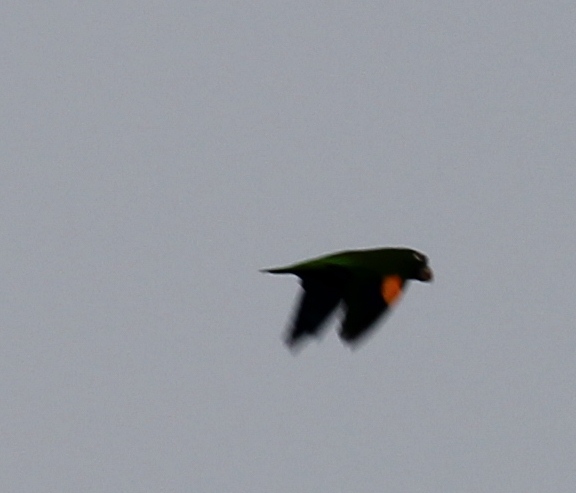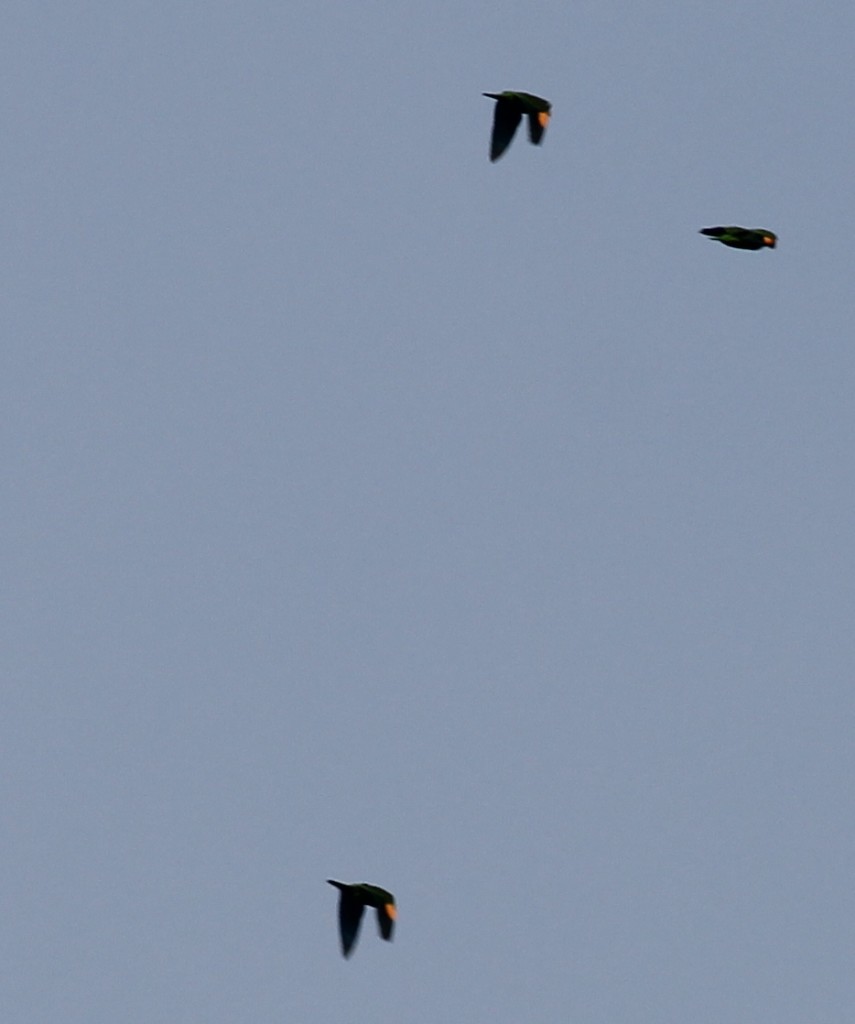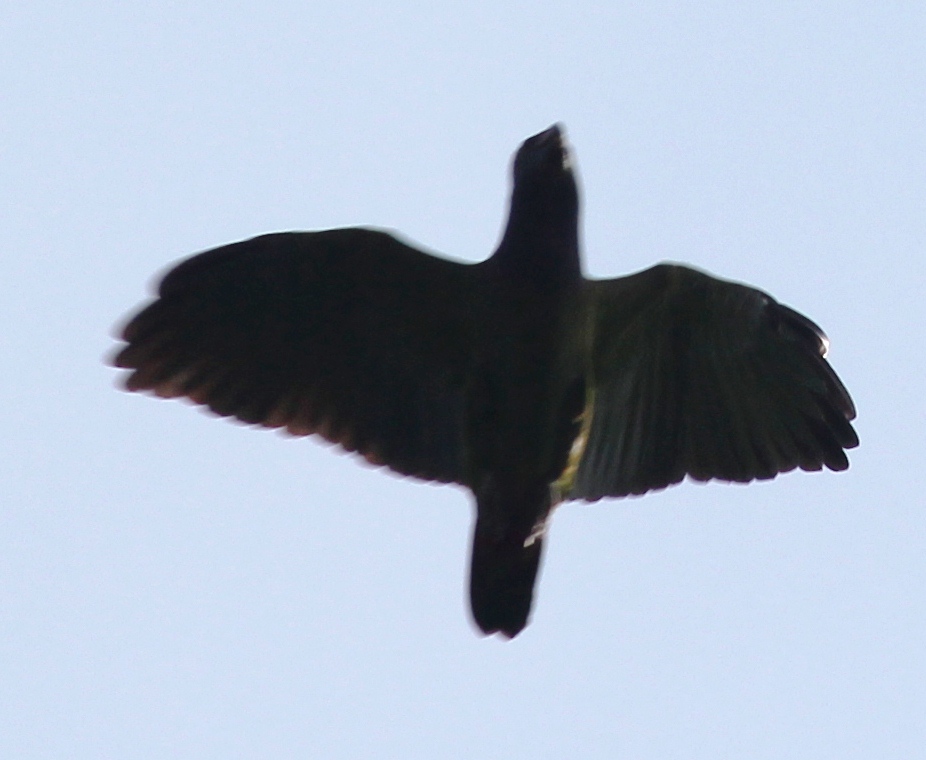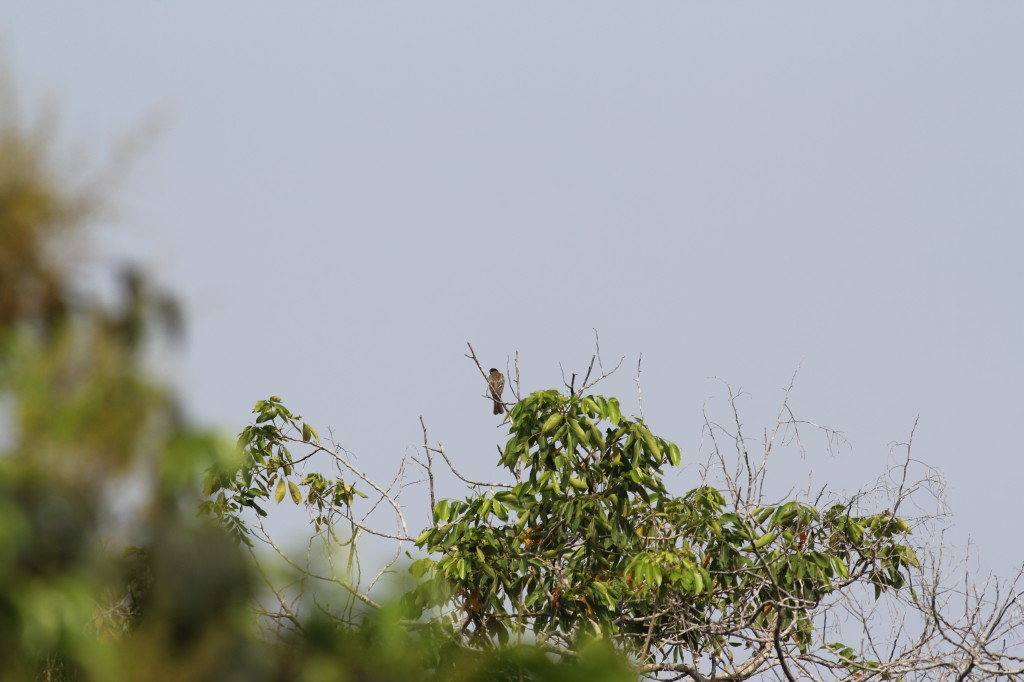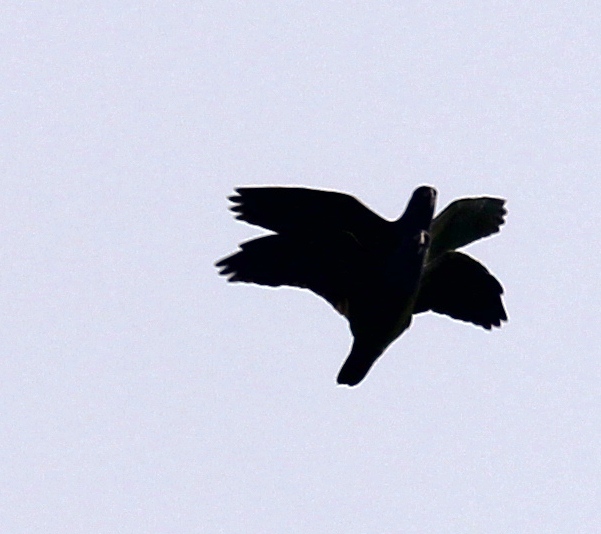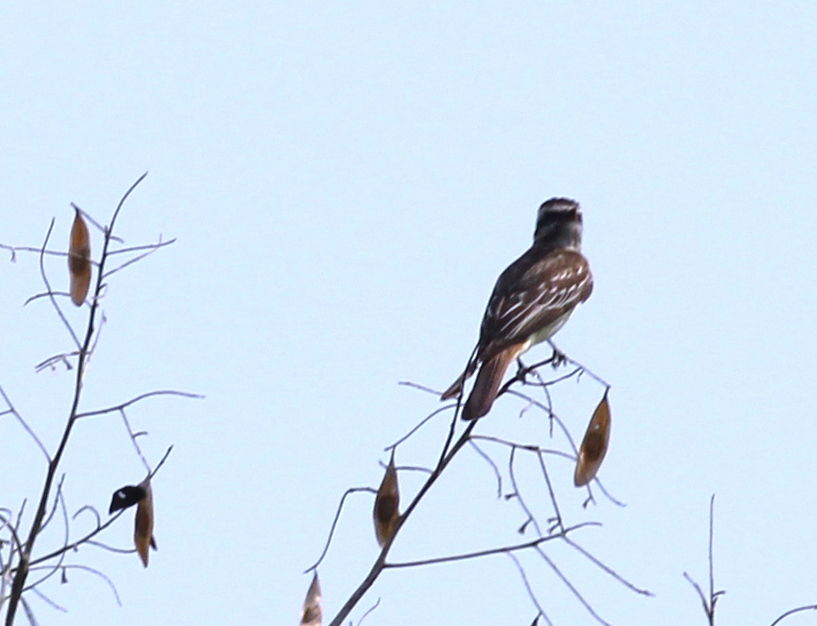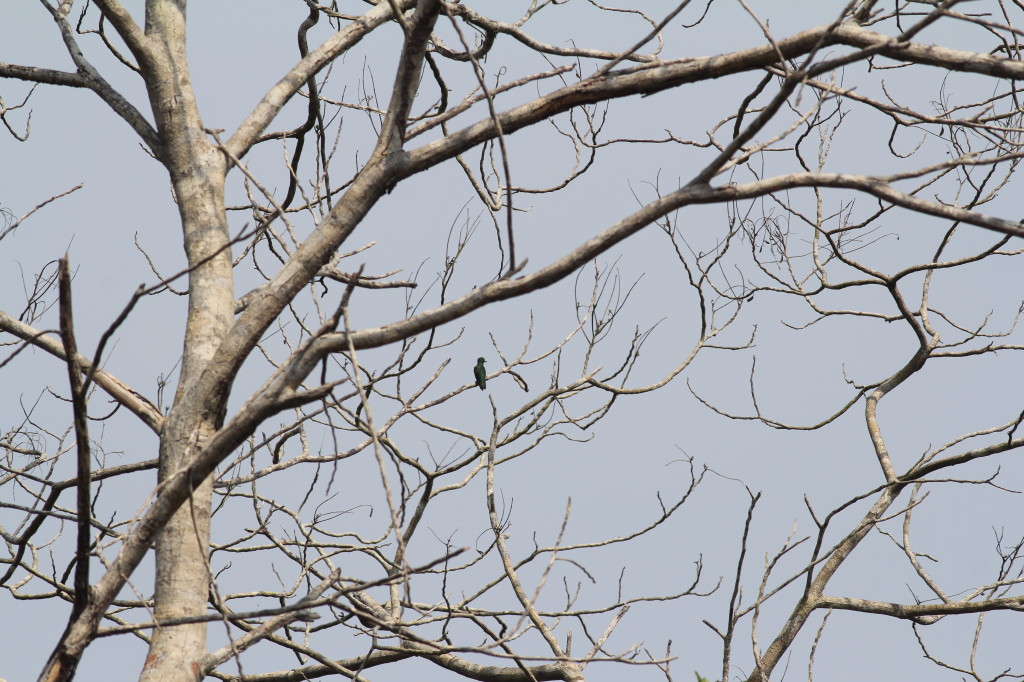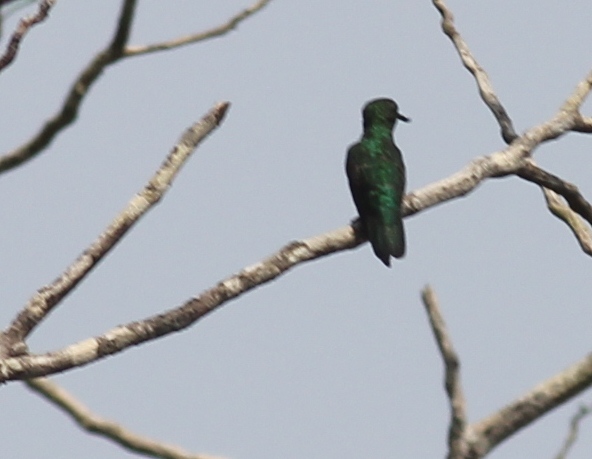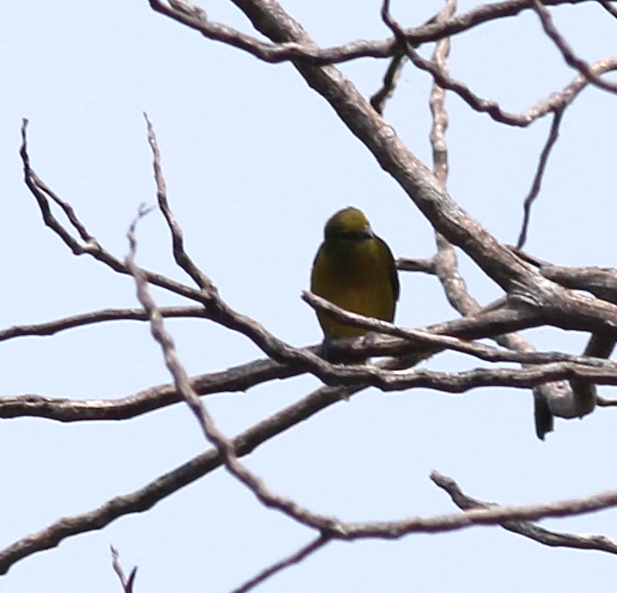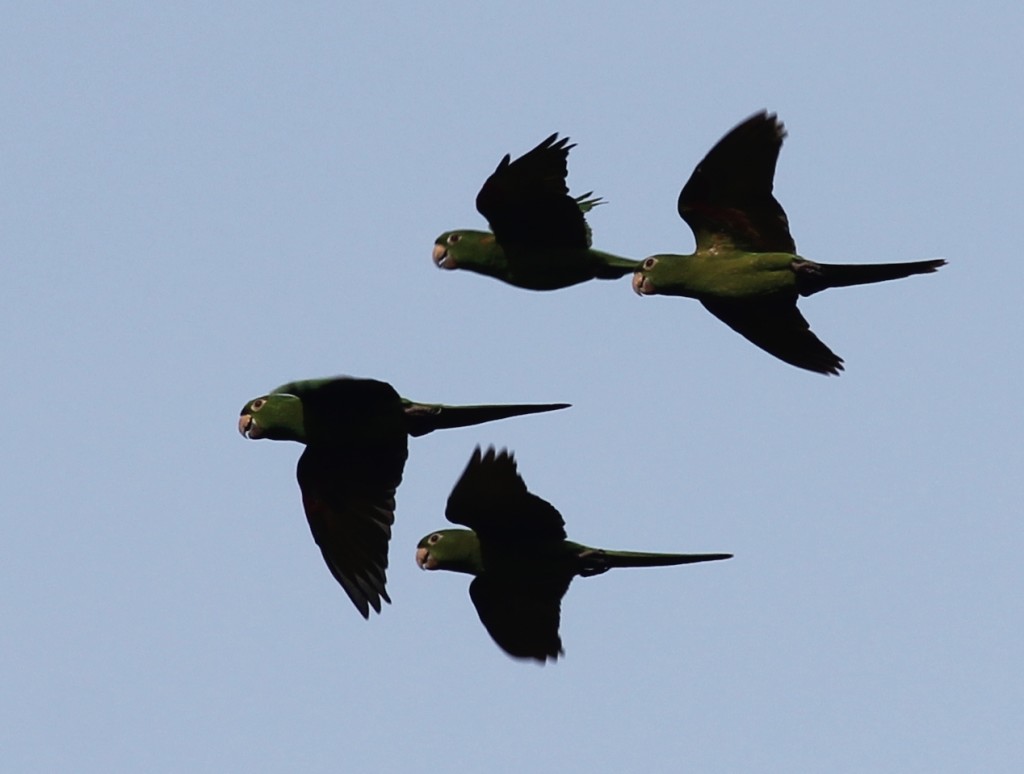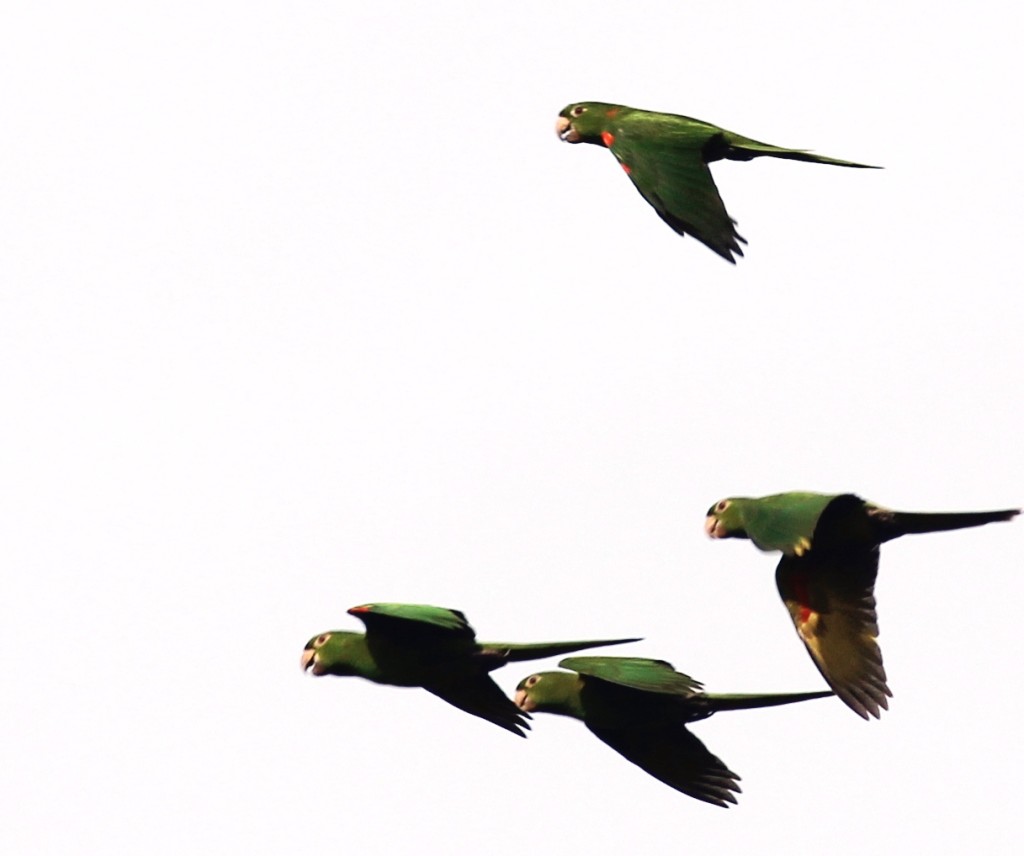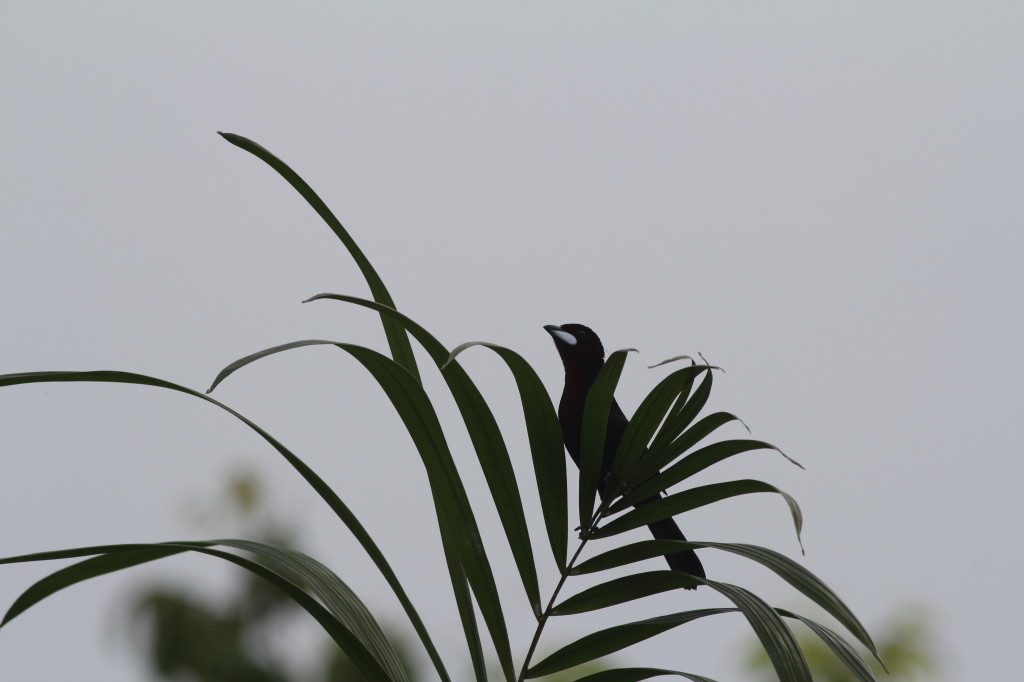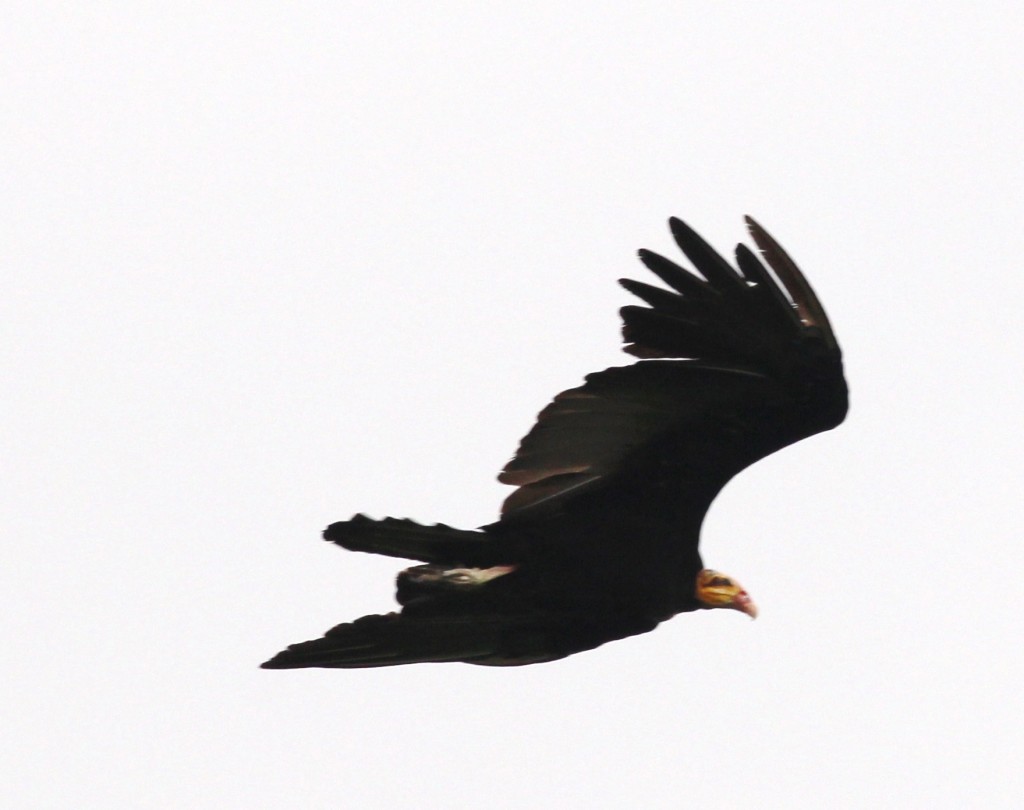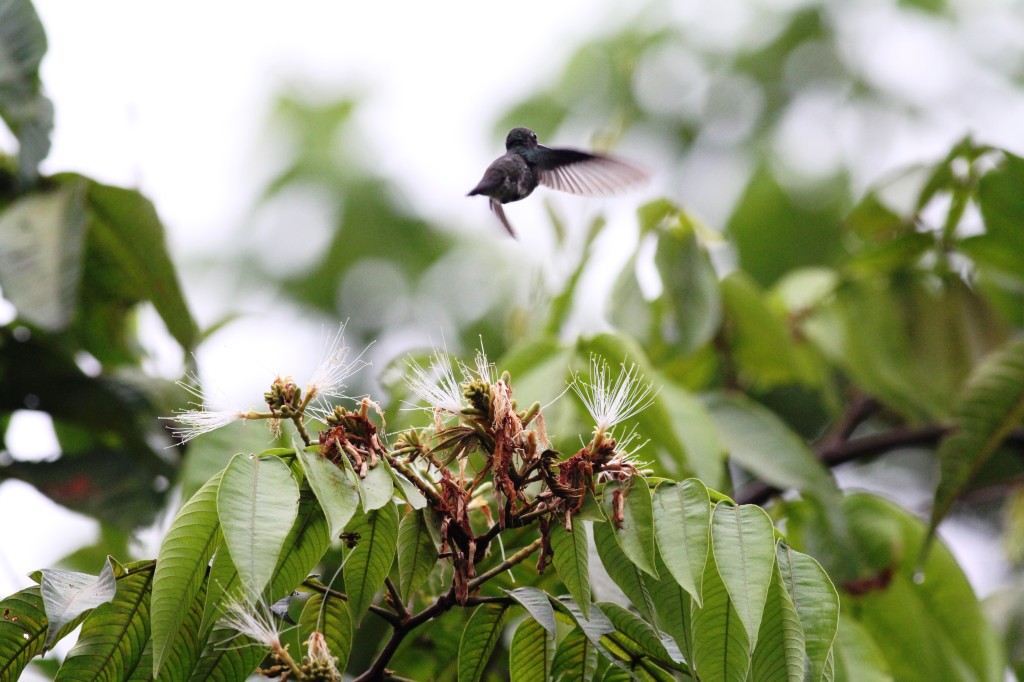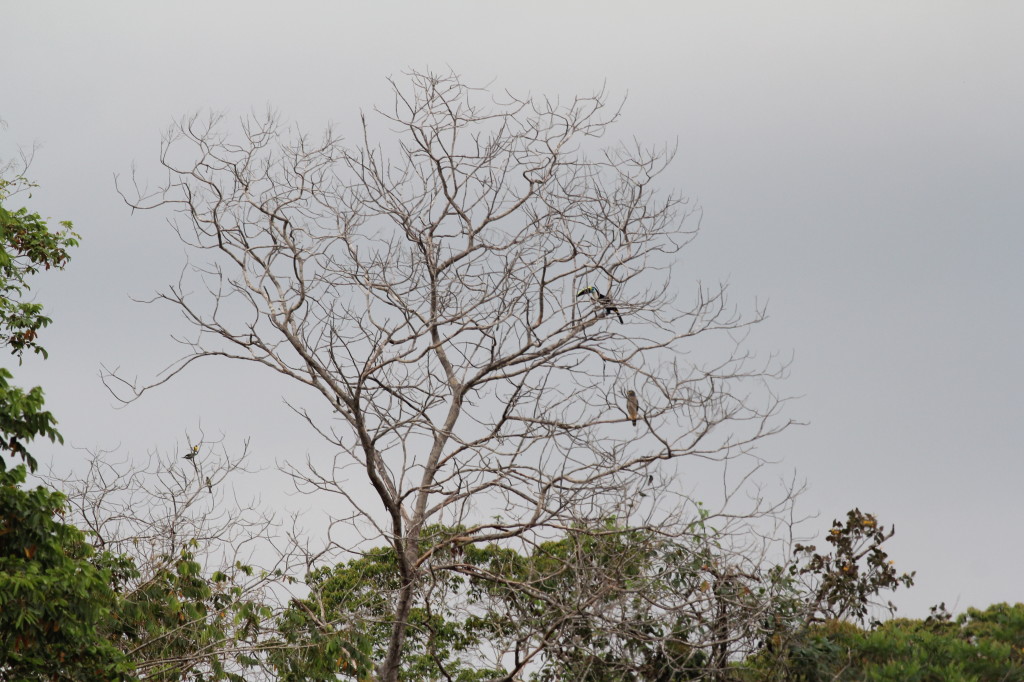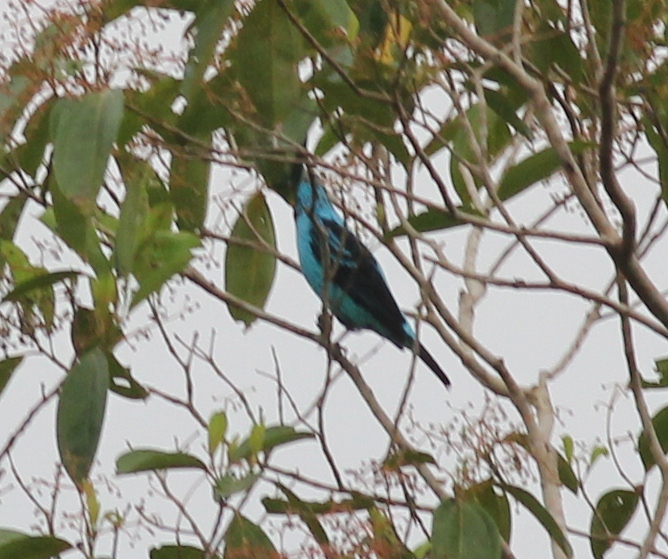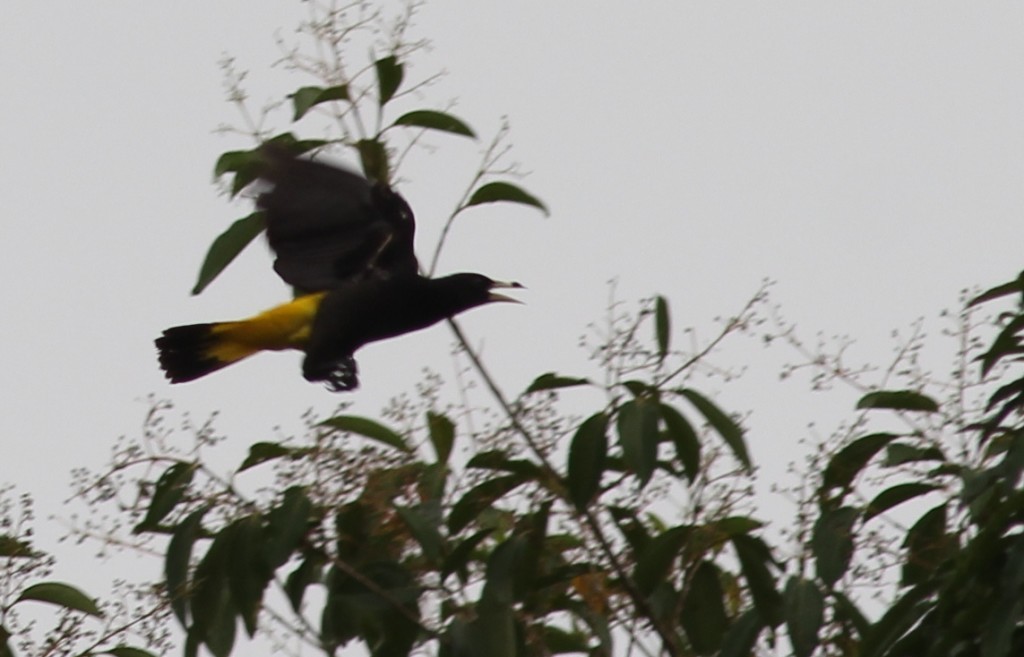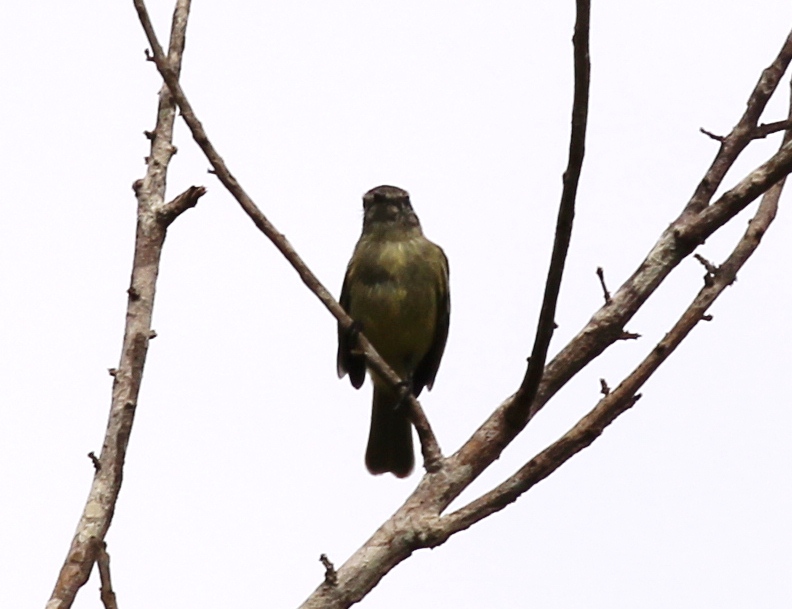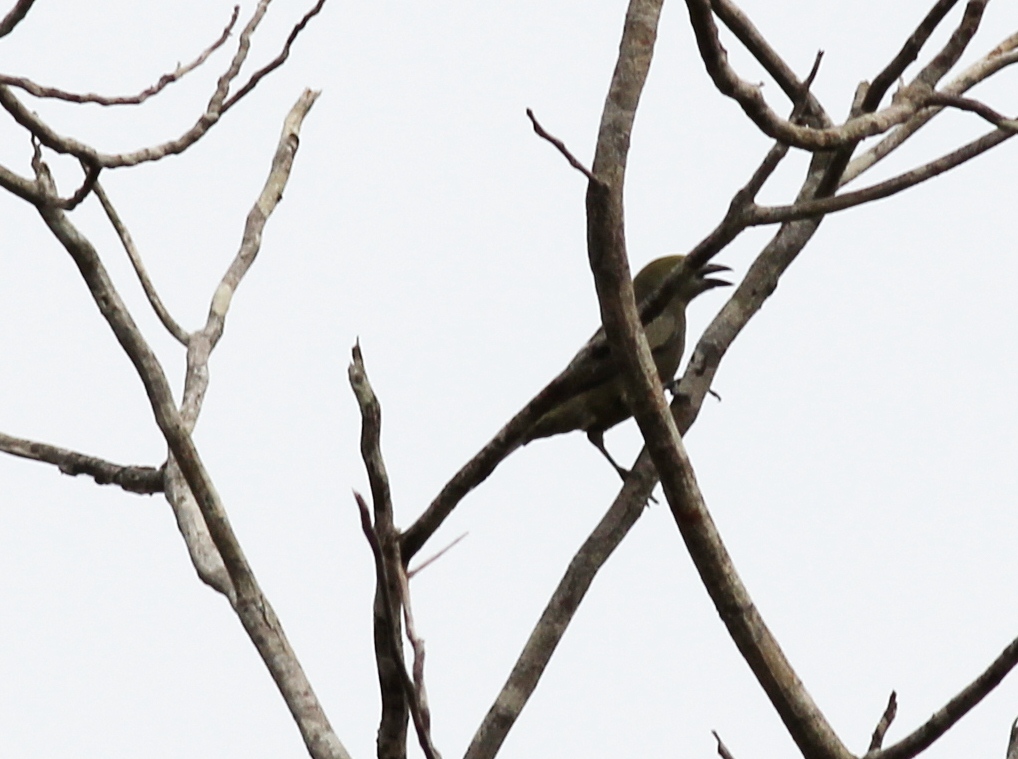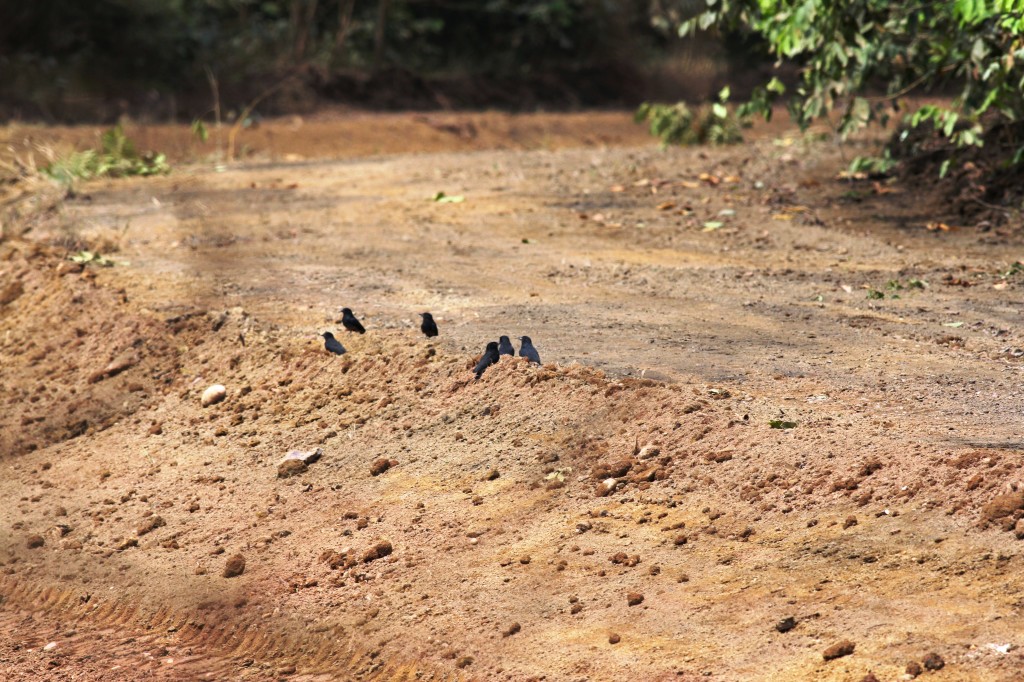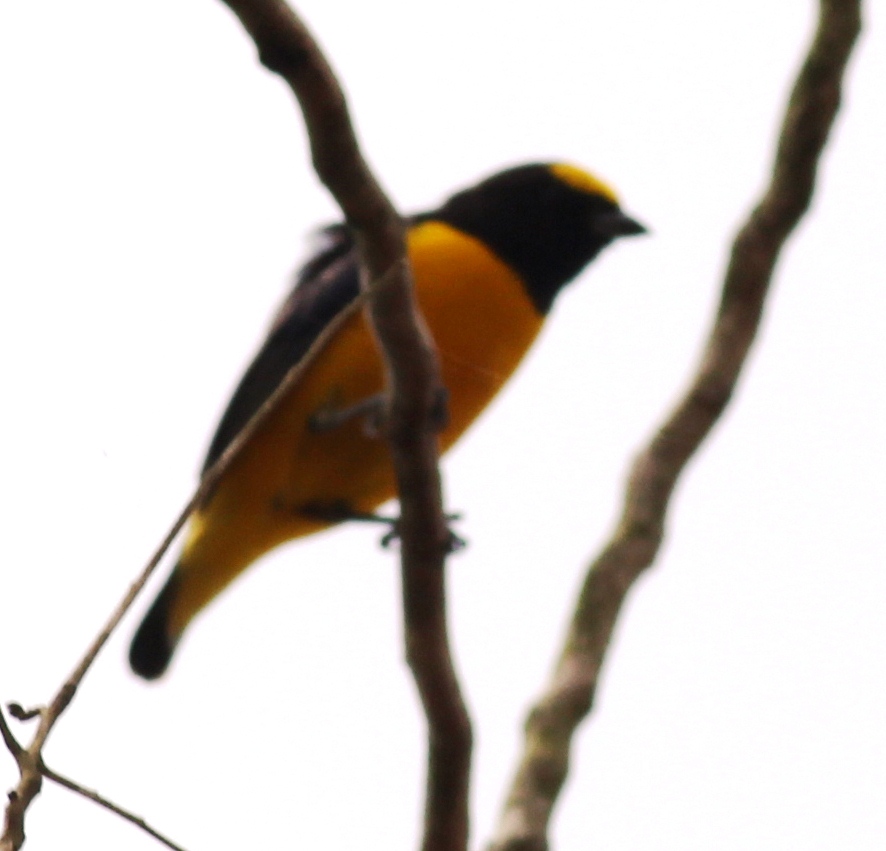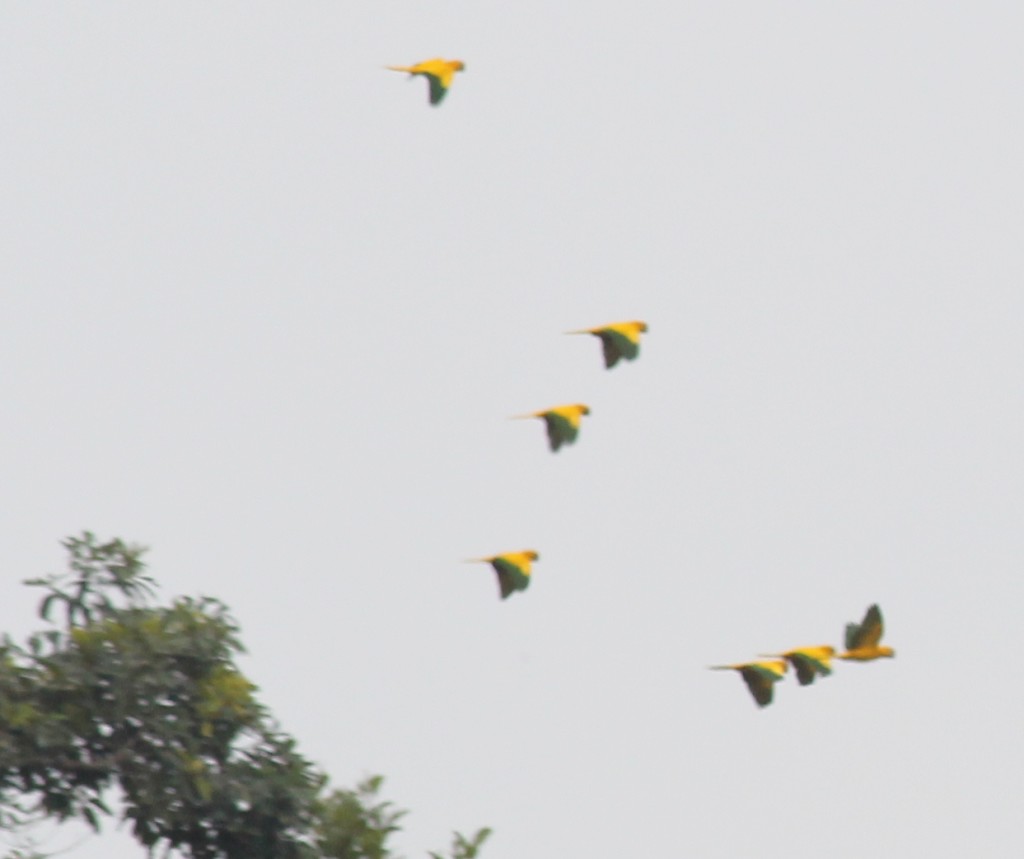To recap previous posts that show you how to get here: First you need to get to Brazil. Most people will either originate or transit the USA and enter Brazil at Manaus if this park is their final destination. From Manaus, fly to Santarem, then get a boat to Itaituba. Visit IBAMA in Itaituba and get your permit.

The red dot is Urua, where you will be staying.
So now we are in Itaituba, ready to visit Amazonia National Park (Parque Nacional da Amazônia)! If you are interested in seeing Golden Conures, you will need a good guide and I can heartily recommend Gilberto Nascimiento Silva who is one of the park rangers. He and the other park rangers are based at Urua which is about a 2 hour drive from Itaituba. The best option is to hire a car which is what I had planned to do but didn’t realize I wouldn’t be able to outside of business hours. A car will give you more options to visit different trails within the park and also to drive to a village to buy more food if you wish.
Without a car, your options are bus or taxi. There is a Jacareacanga-bound bus at around 10 or 11 am but if you don’t want to wait, you can get a taxi for R$150. We had to try a couple times to persuade taxi drivers to go out there and they weren’t quite sure how to get there. Finally we found one and negotiated the price. We already had park permits via email and had to stop at IBAMA so the staff could explain to the taxi how to get there. To get back, there is supposed to be a bus around 2pm, if we had waited we would have missed the speedboat to Santarem so hitched with a local couple and paid them the bus fare of R$25 each. Gilberto spoke to the driver and arranged this for us.
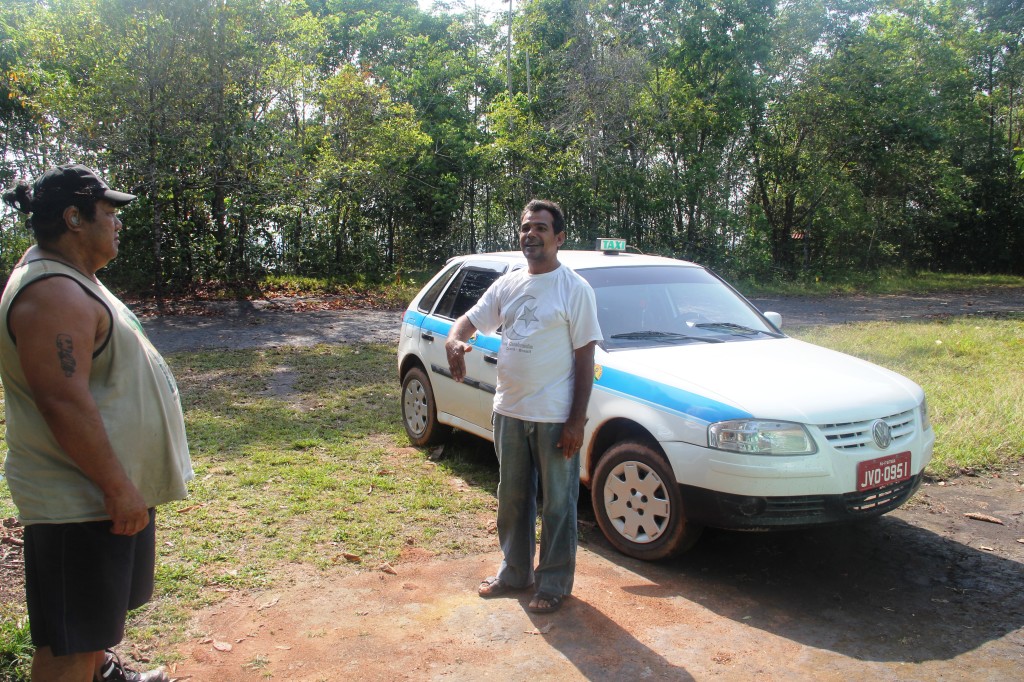
Taxi
Initially reluctant, the taxi driver seemed to enjoy the park and hung around for an hour after driving us there.
Sadly, you will see deforestation in action enroute as they are trying to enlarge the road.
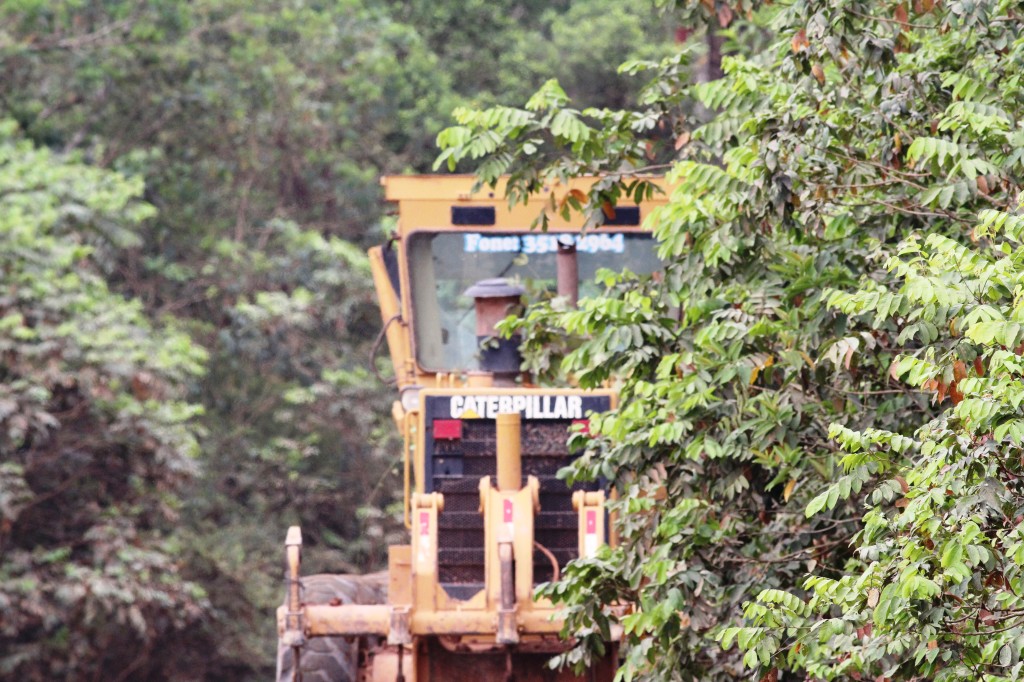
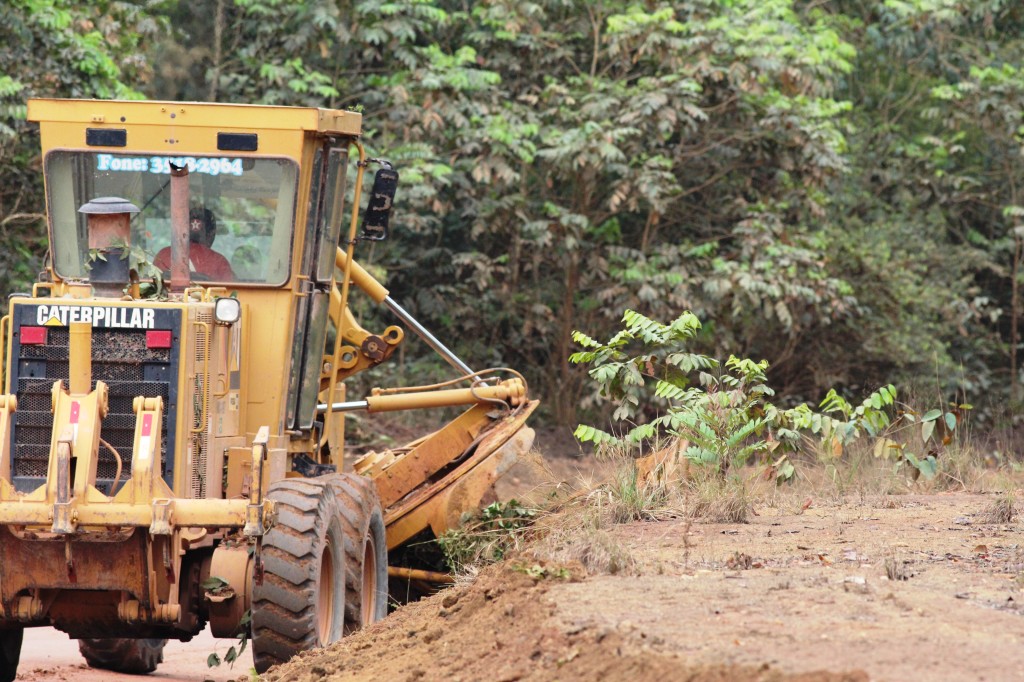
Accommodations at Urua are very simple. If you are a backpacker you will be fine but if you are used to luxury lodges of the Pantanal, you may be in for a surprise. As of Sept 2012, there was no cost to stay in the bunkhouse as long as you have a permit. The only cost is paying the ranger, Gilberto to guide you for R$50 per visit. This is a fixed price, no need to bargain. You will need to bring all your food and drinks with you from Itaituba. There is nothing for sale in the park or within walking distance.
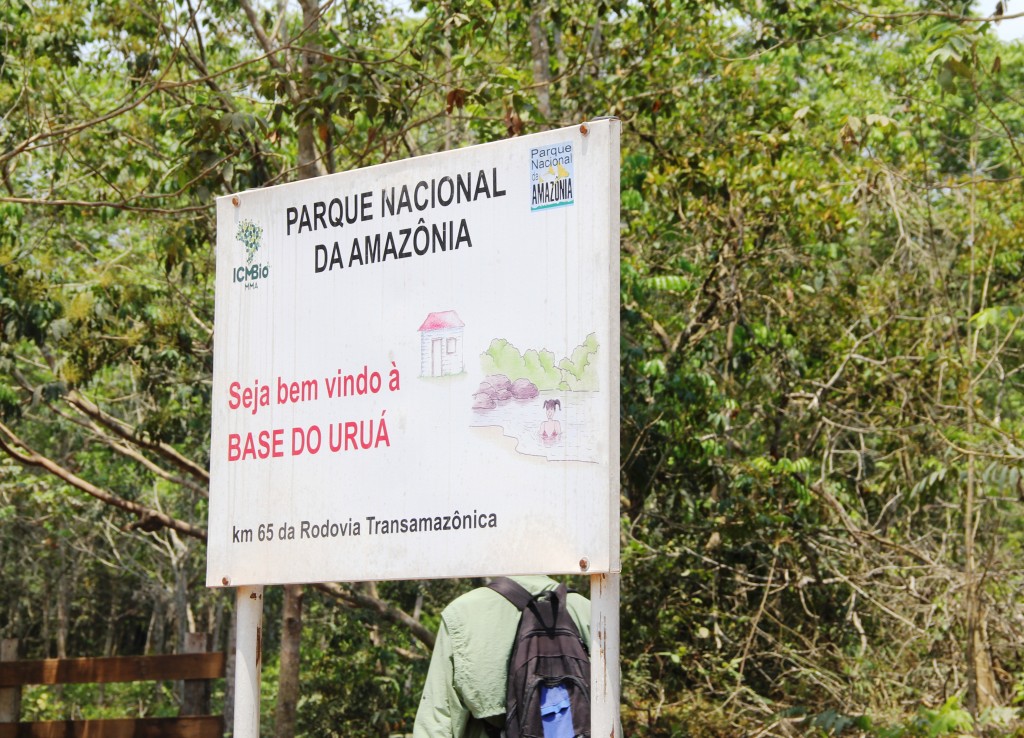
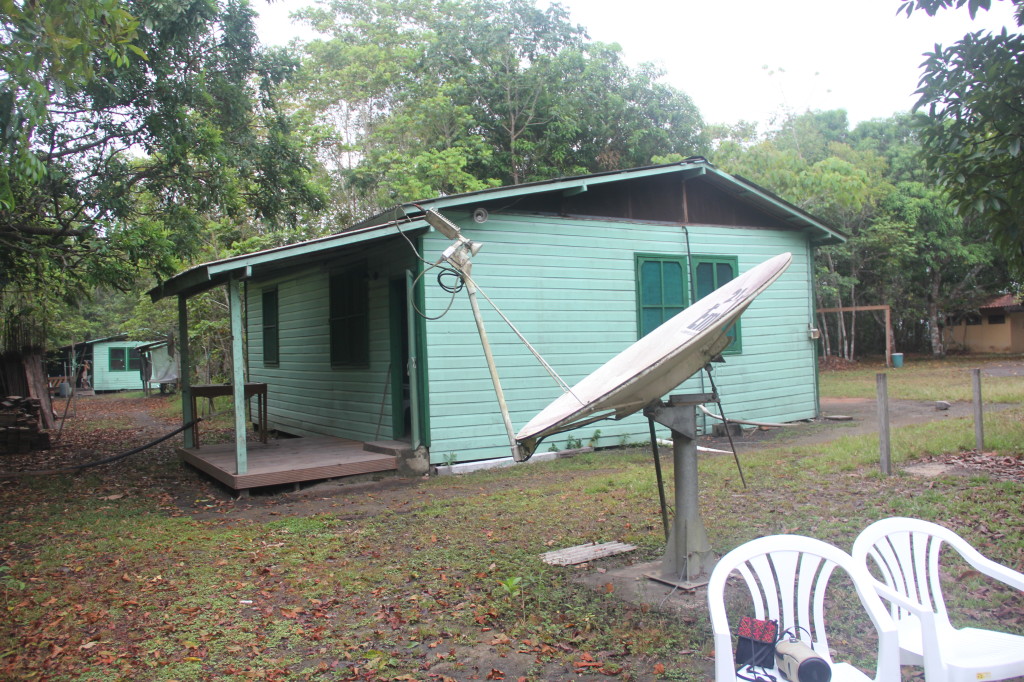
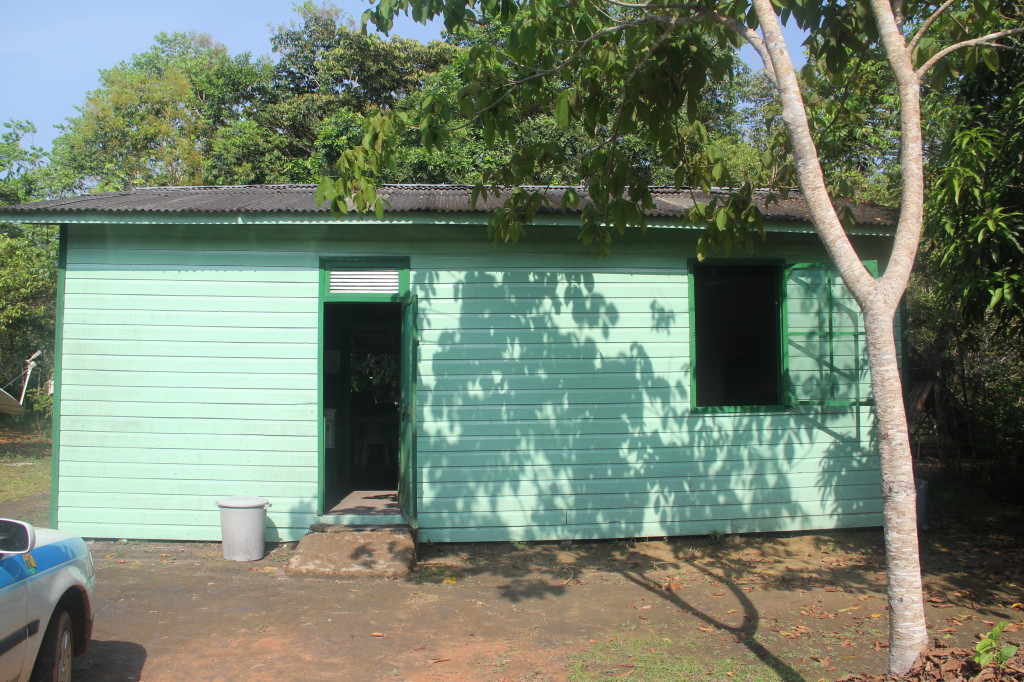
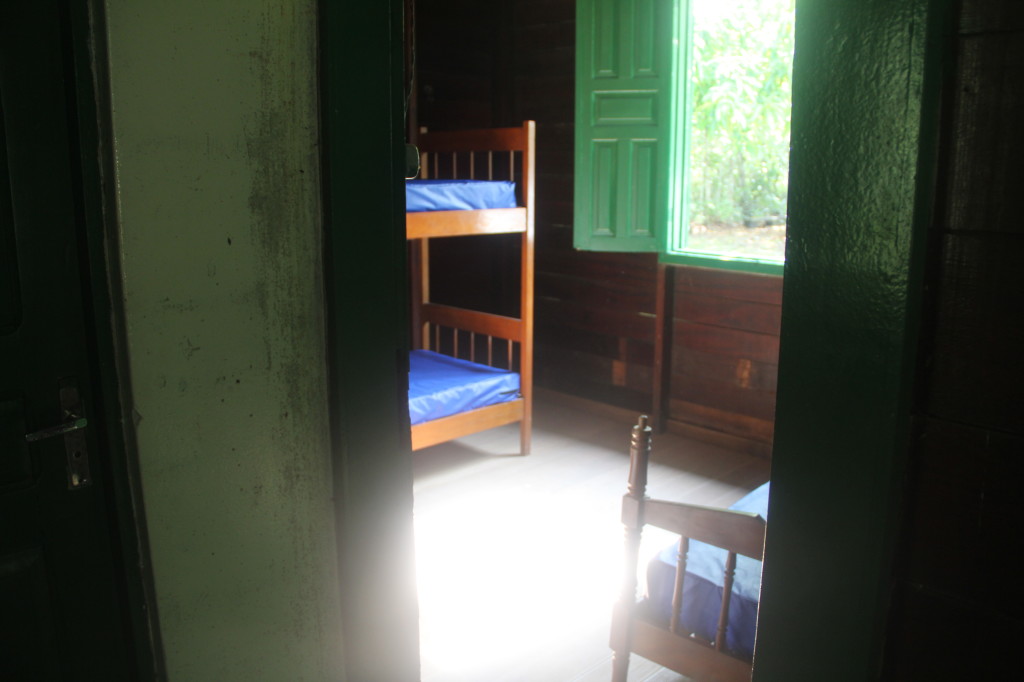
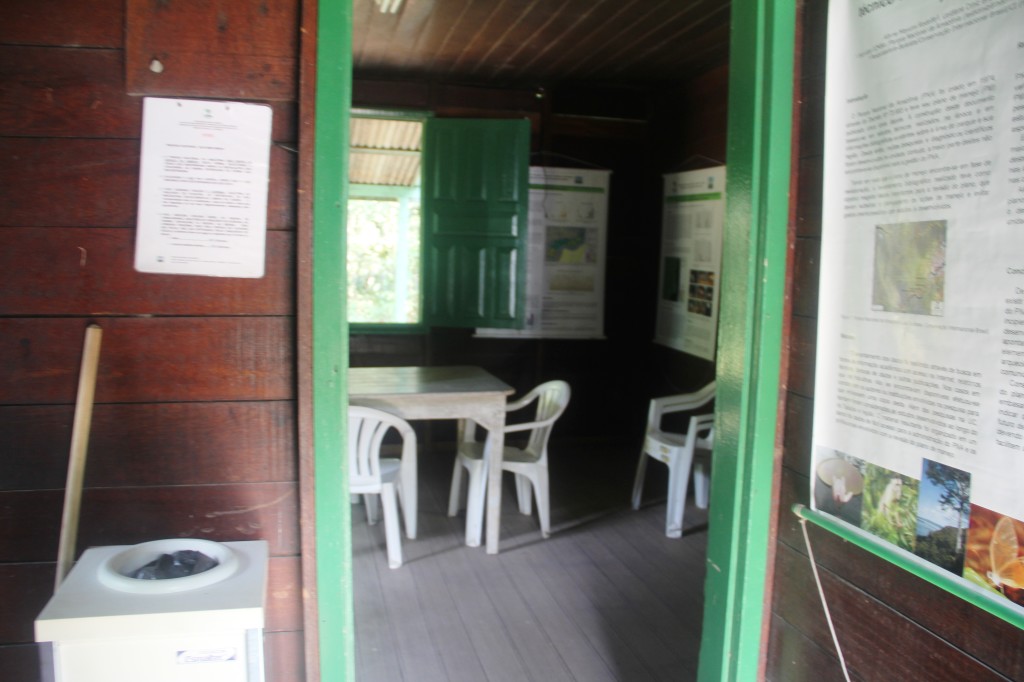
There are cooking facilities but no fridge. If they have room, the rangers will put your water bottle in their fridge so you have cold water after hiking around. It gets very hot and humid there, mosquitoes are everywhere so bring coils and repellent. Malaria is present in the Amazon region though luckily we didn’t get it. The generator operates for a couple hours around lunch time and again from 5-8pm so you can charge your batteries. There are posters on the wall with some of the local wildlife and Gilberto has the excellent Avifauna Brasiliera guidebook. He doesn’t speak English but he is happy to point out the photos in the book of the species you see so you can make note of them.
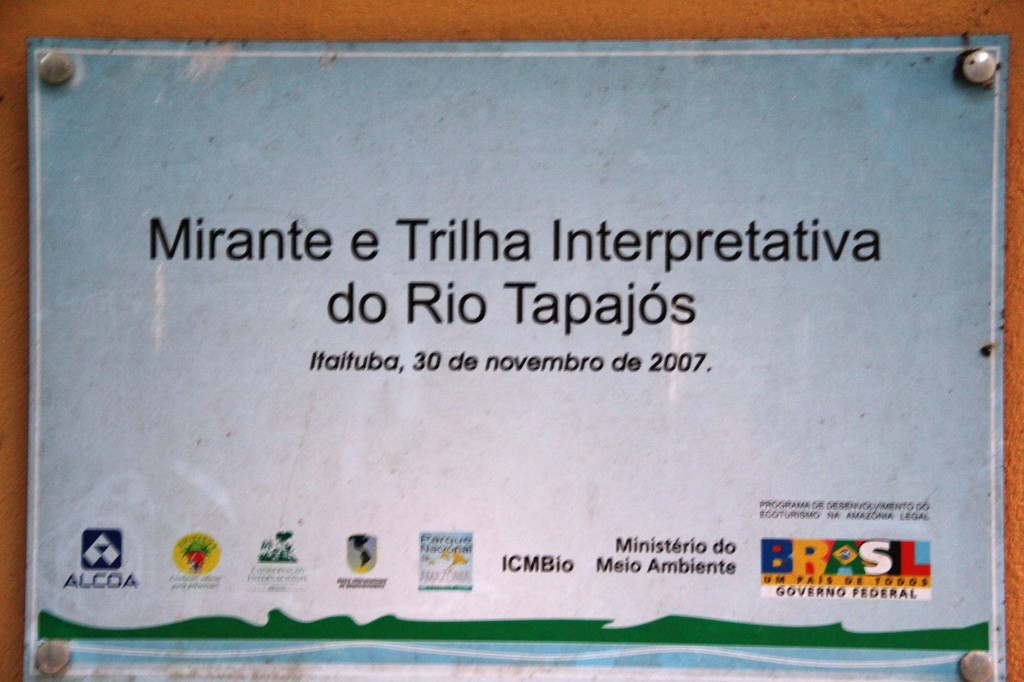
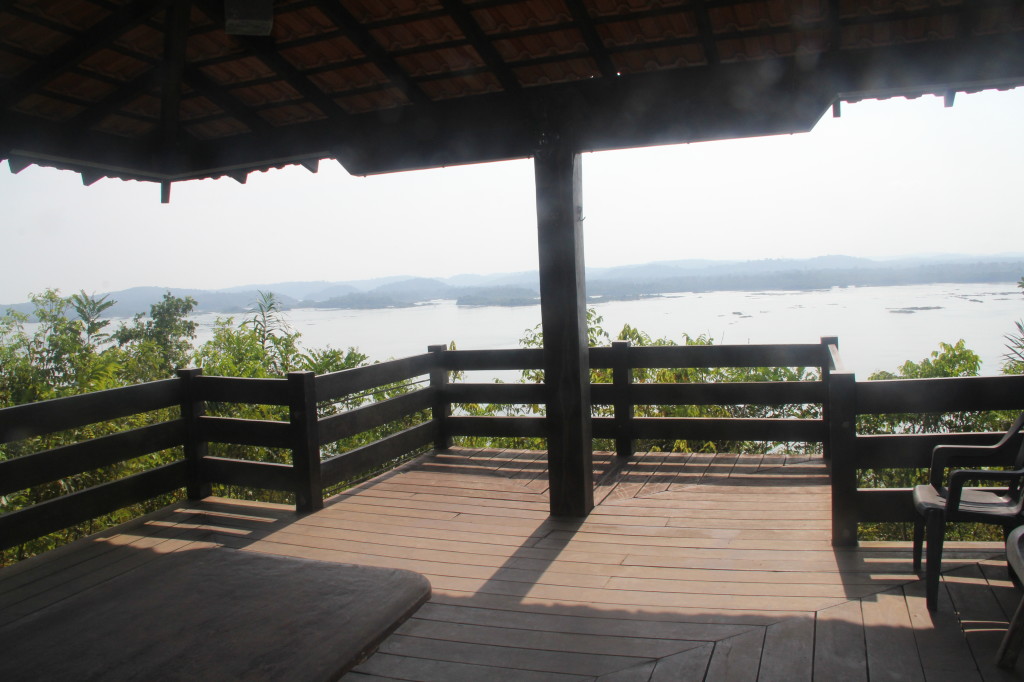
There is a lookout over the Tapajos River and it’s an excellent place to sit and watch for birds. We saw large flocks of White-eyed Conures, a few Festive Amazons, Santarem Conures, Short-tailed Parrots and a Painted Parakeet. Also lots of toucans! More about the birds on the next post in this series so stay tuned!
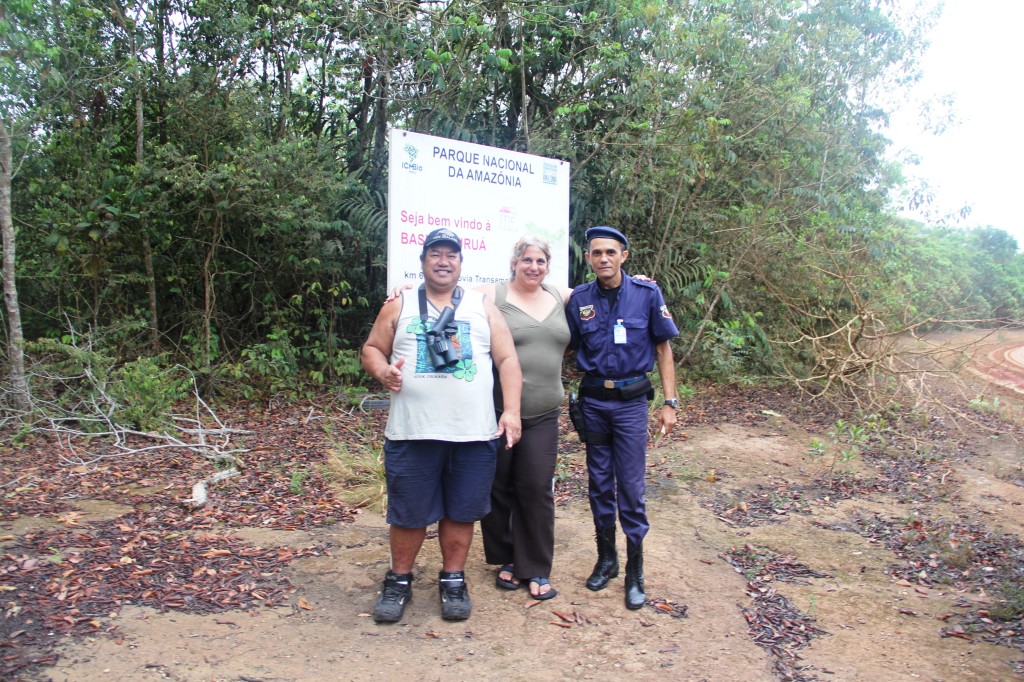
Ina (my husband), me and Gilberto
WEBSITES ABOUT AMAZONIA NATIONAL PARK (IN PORTUGUESE)
BRAZIL.GOV
ICMBIO

